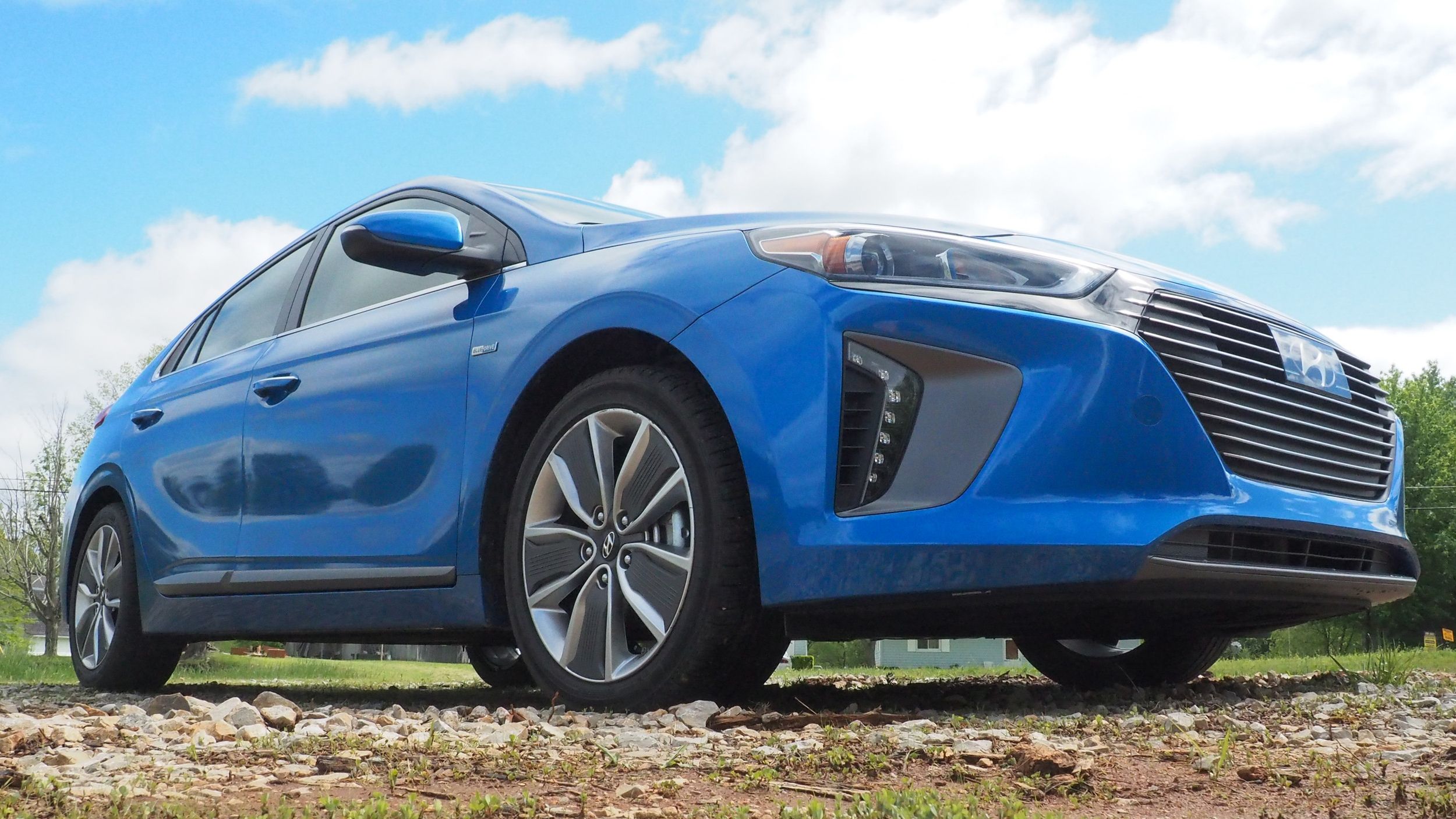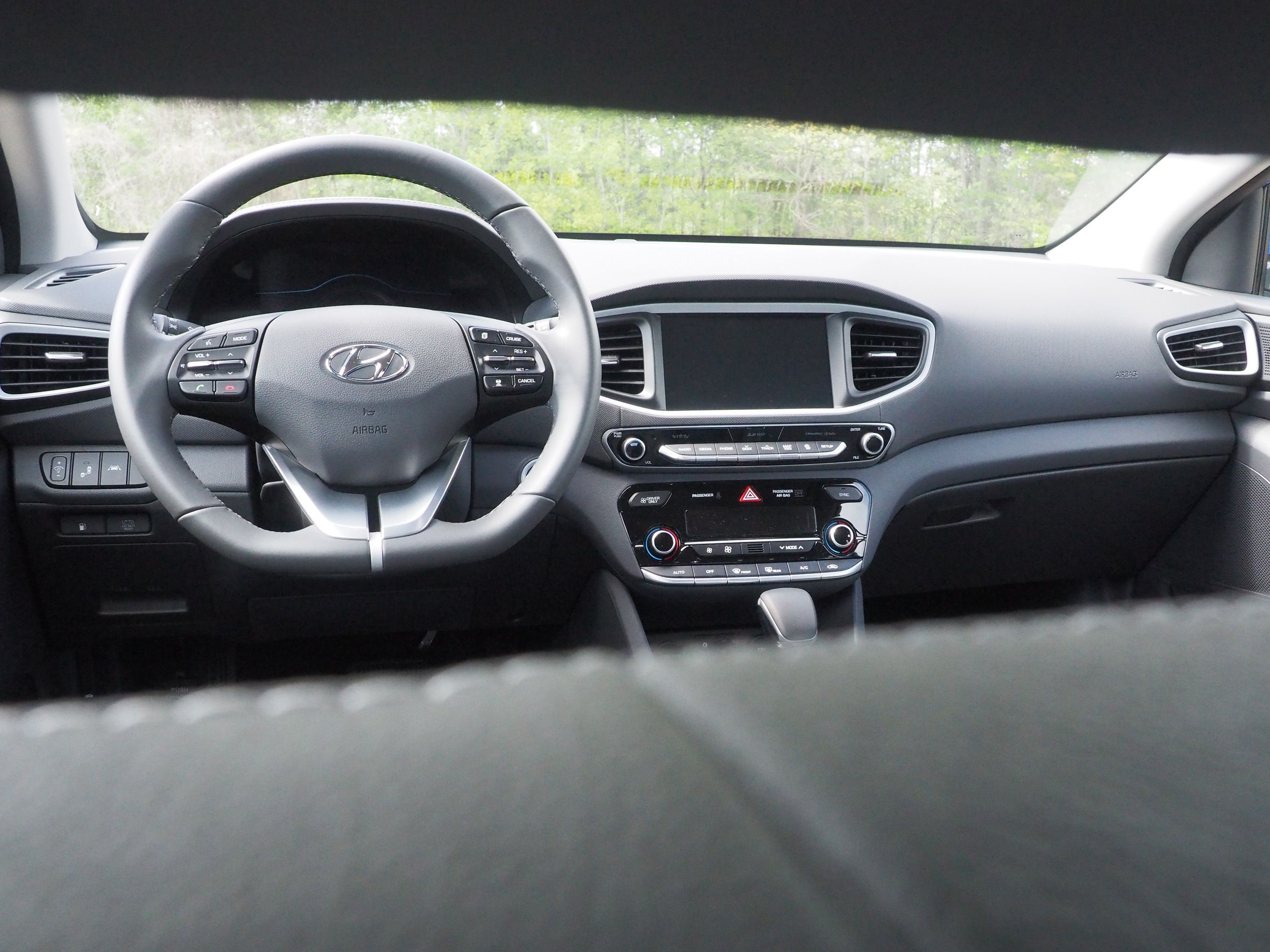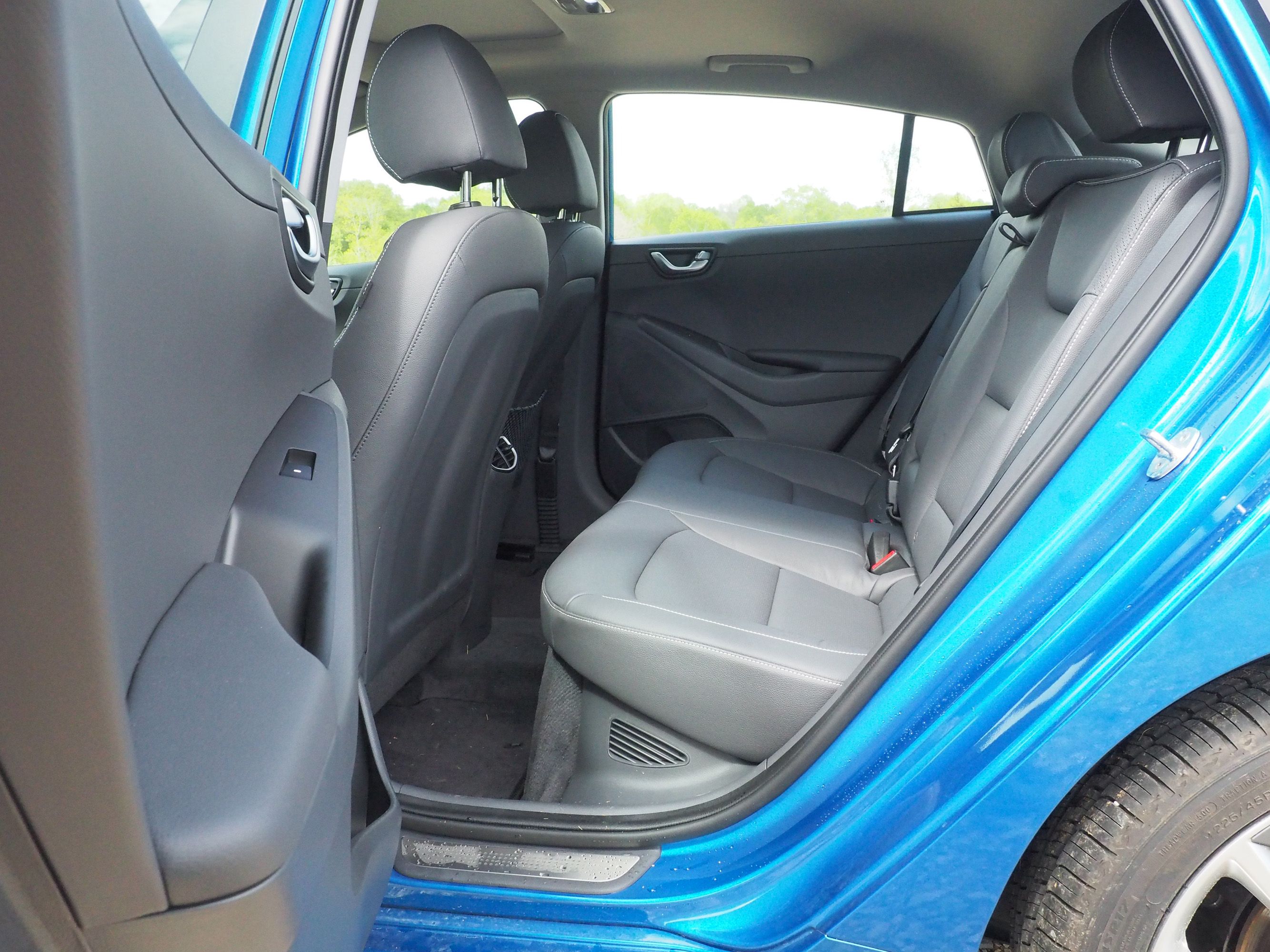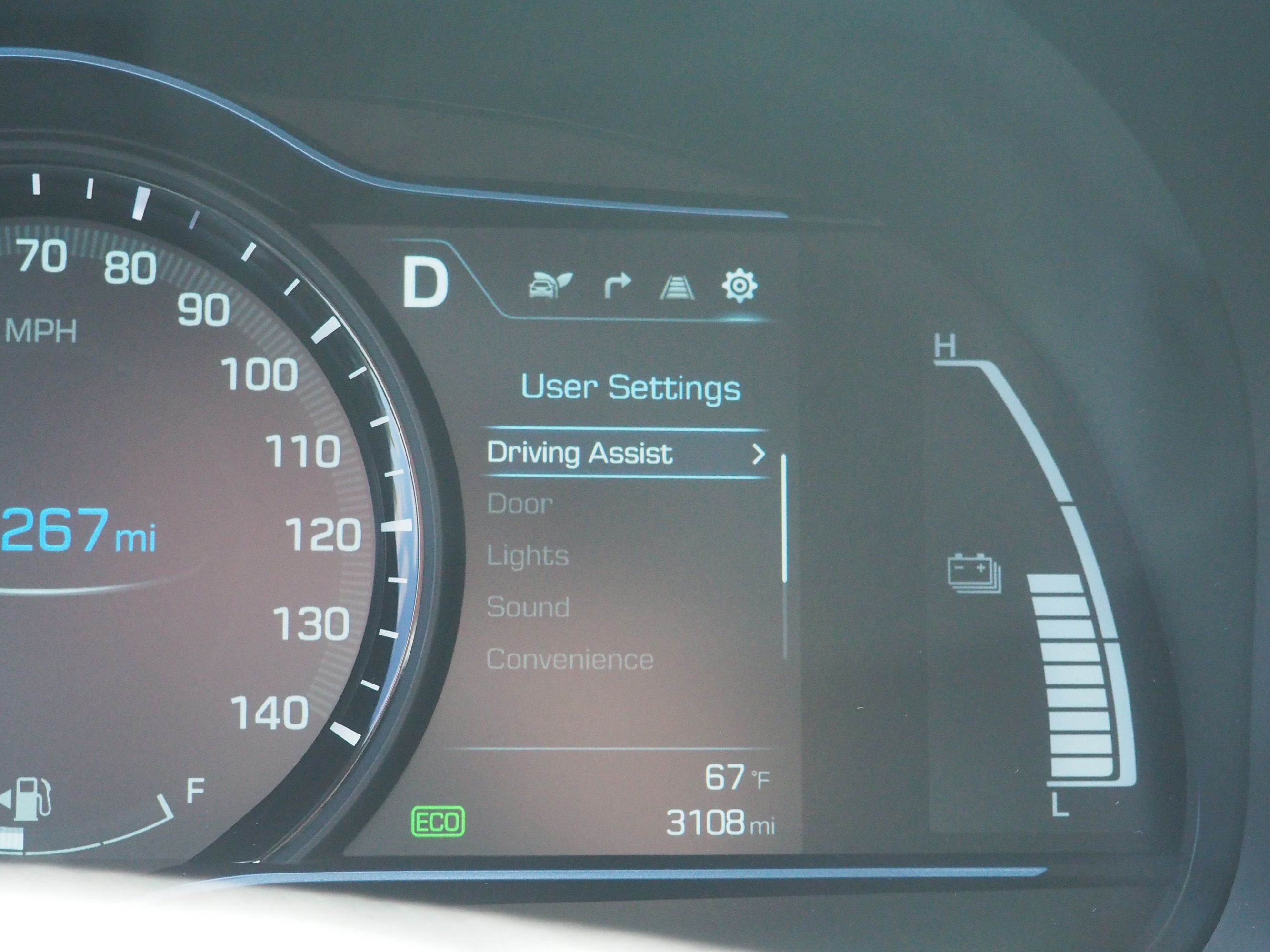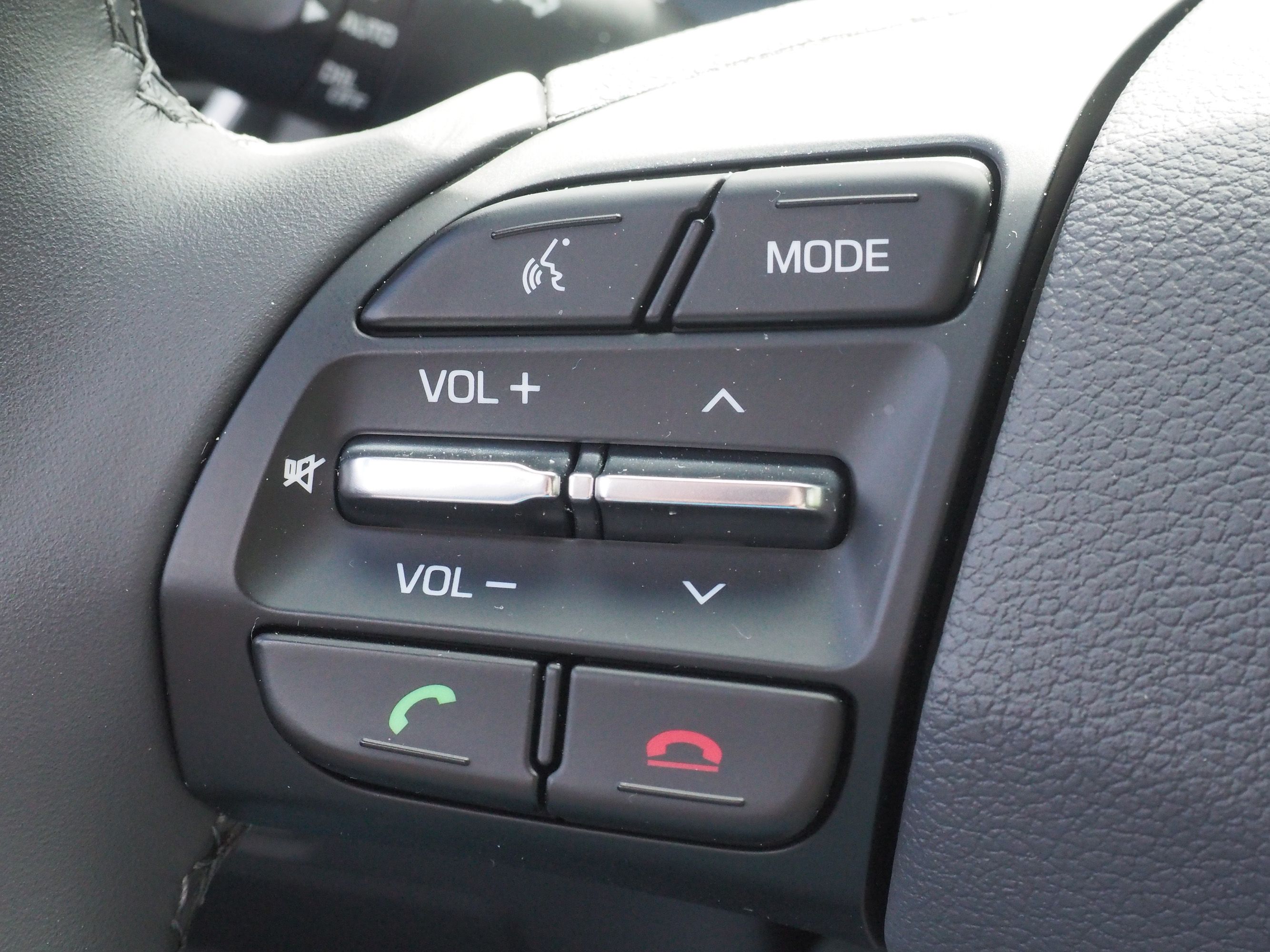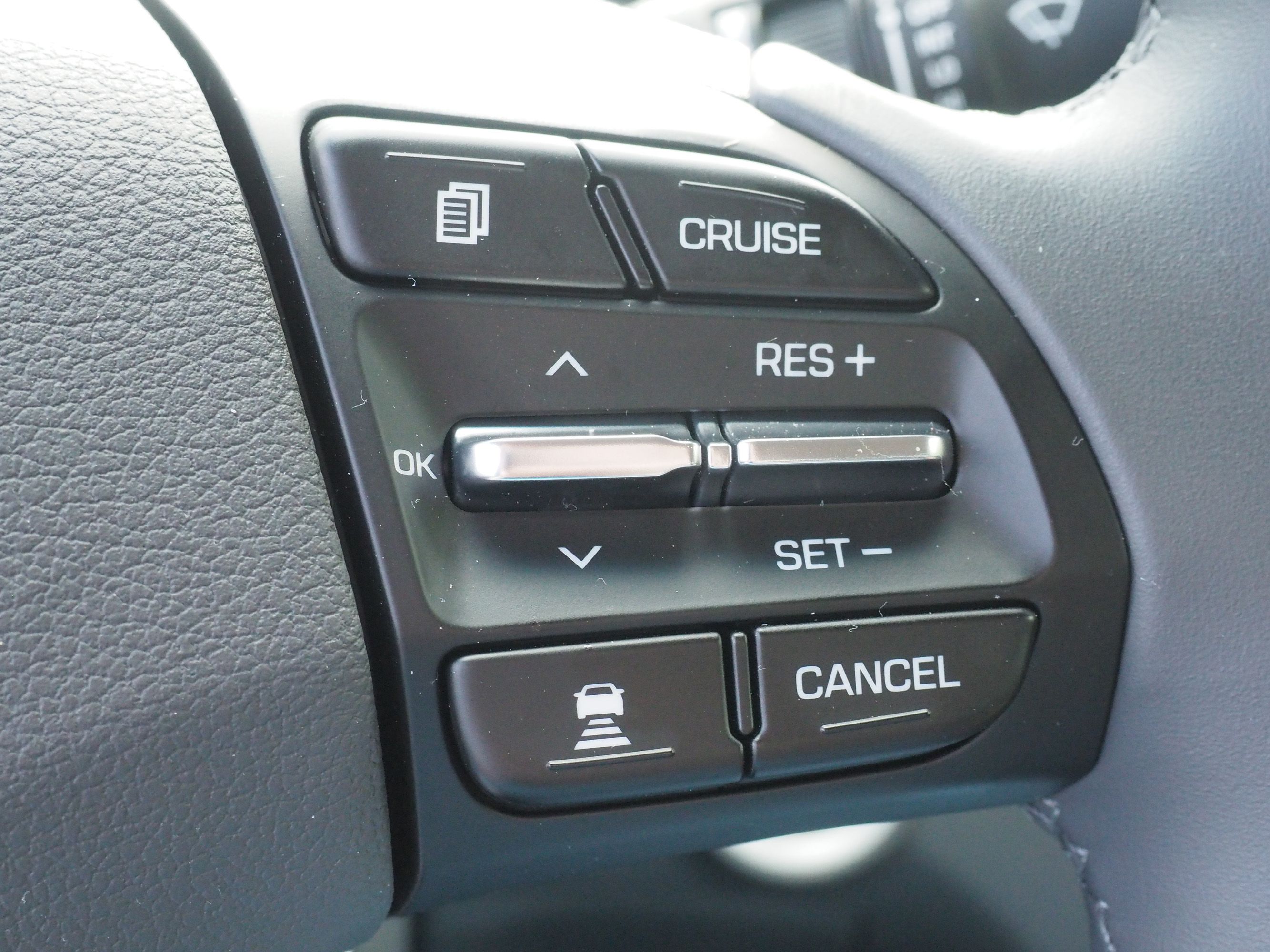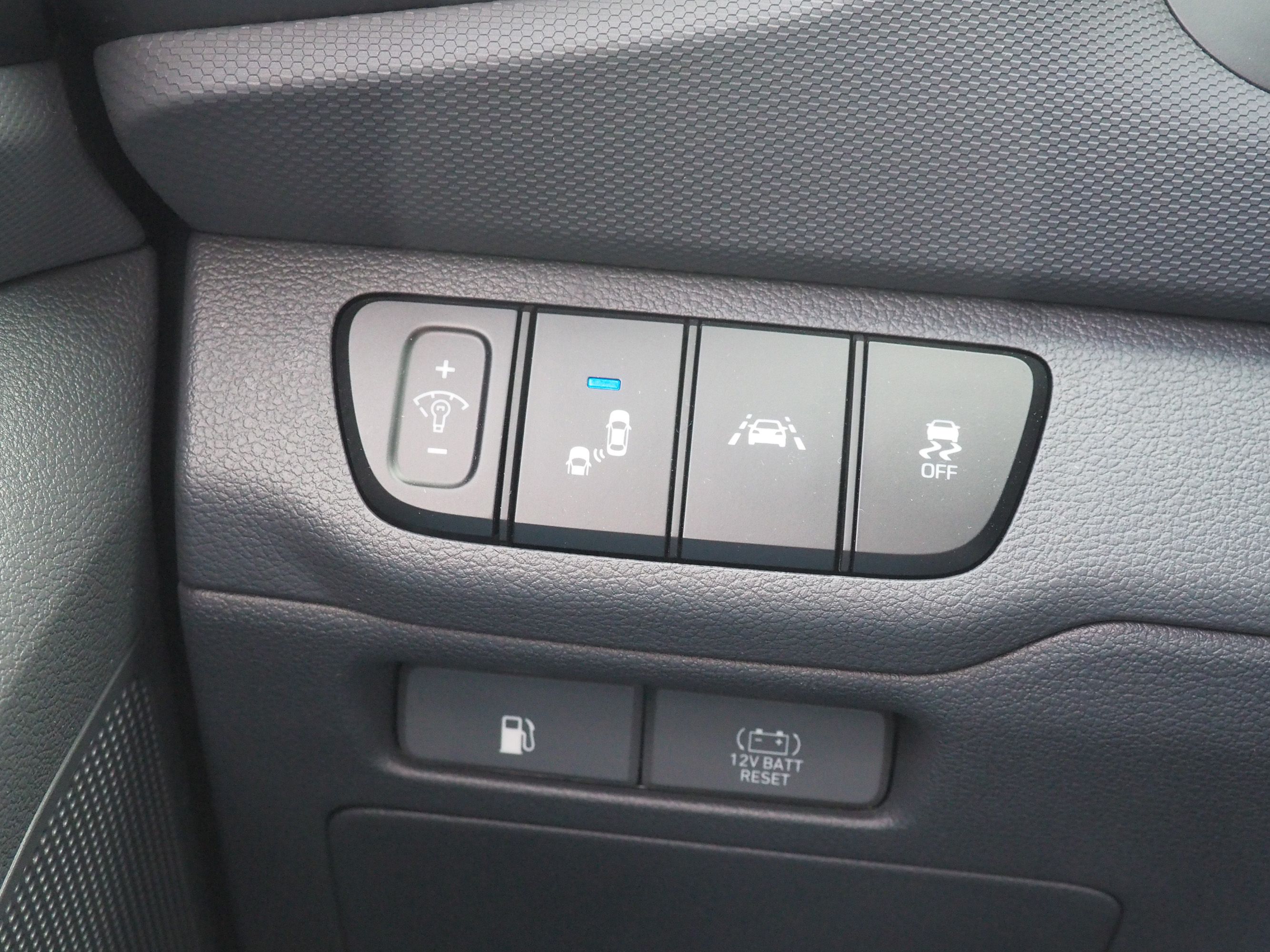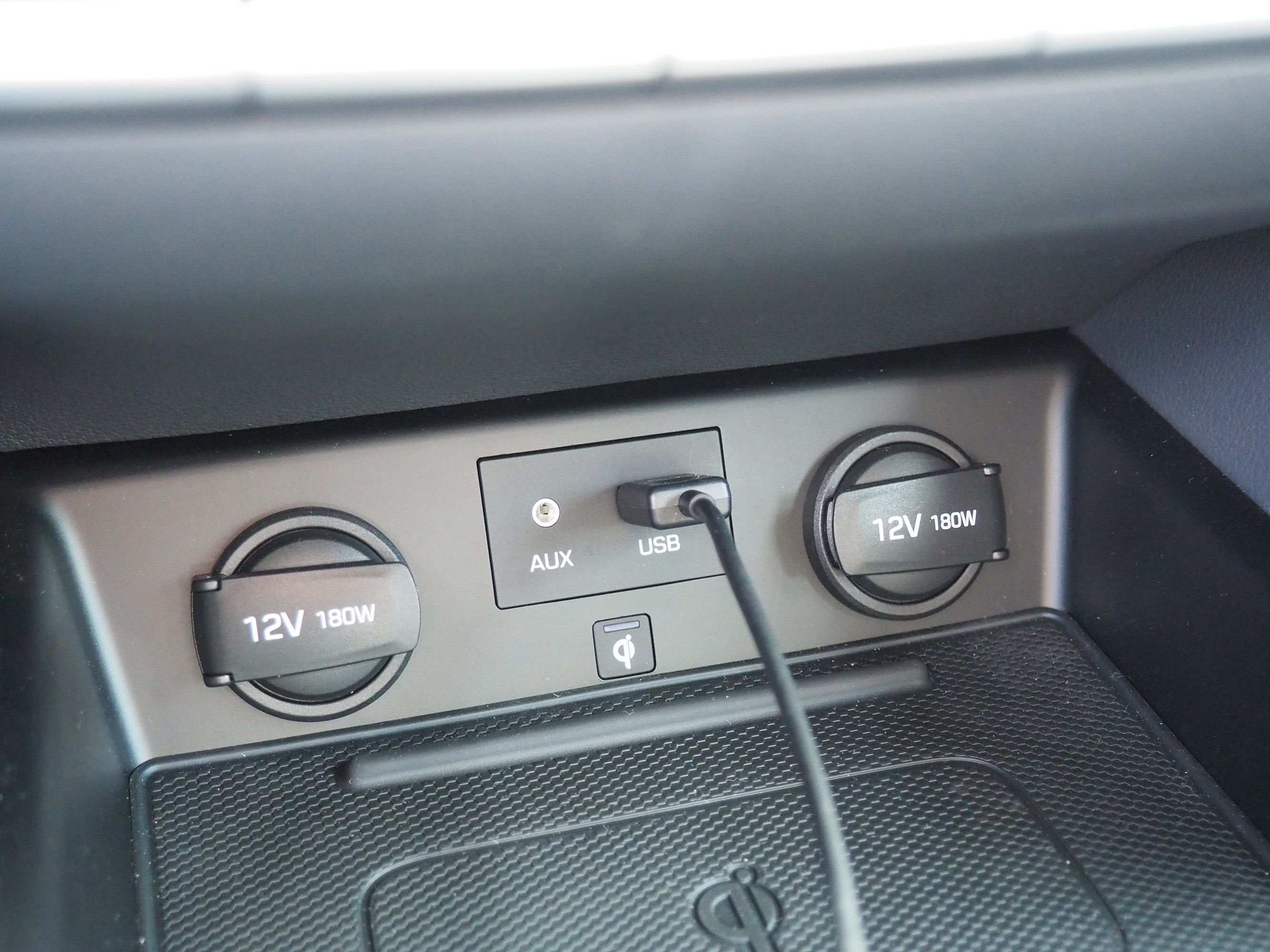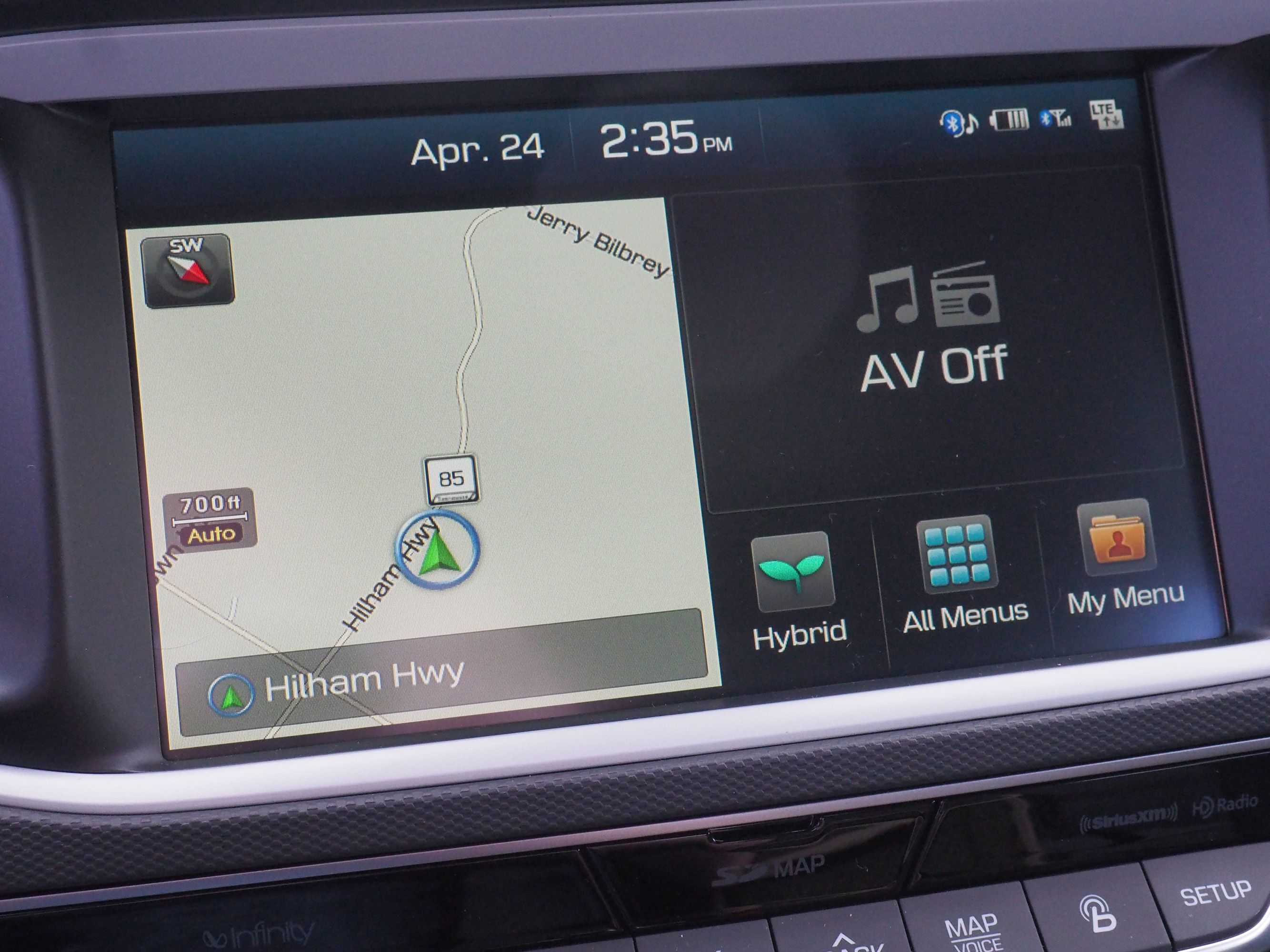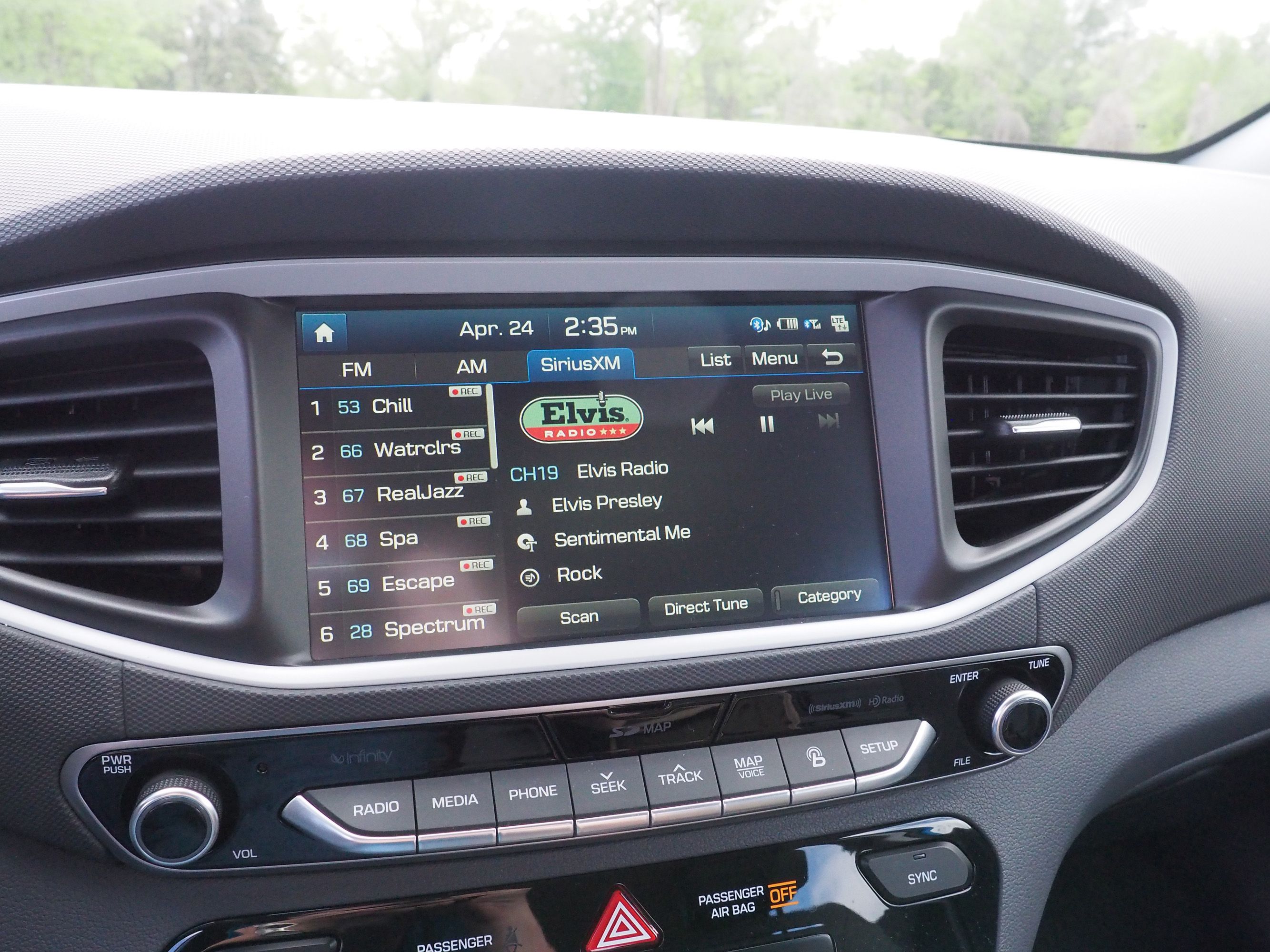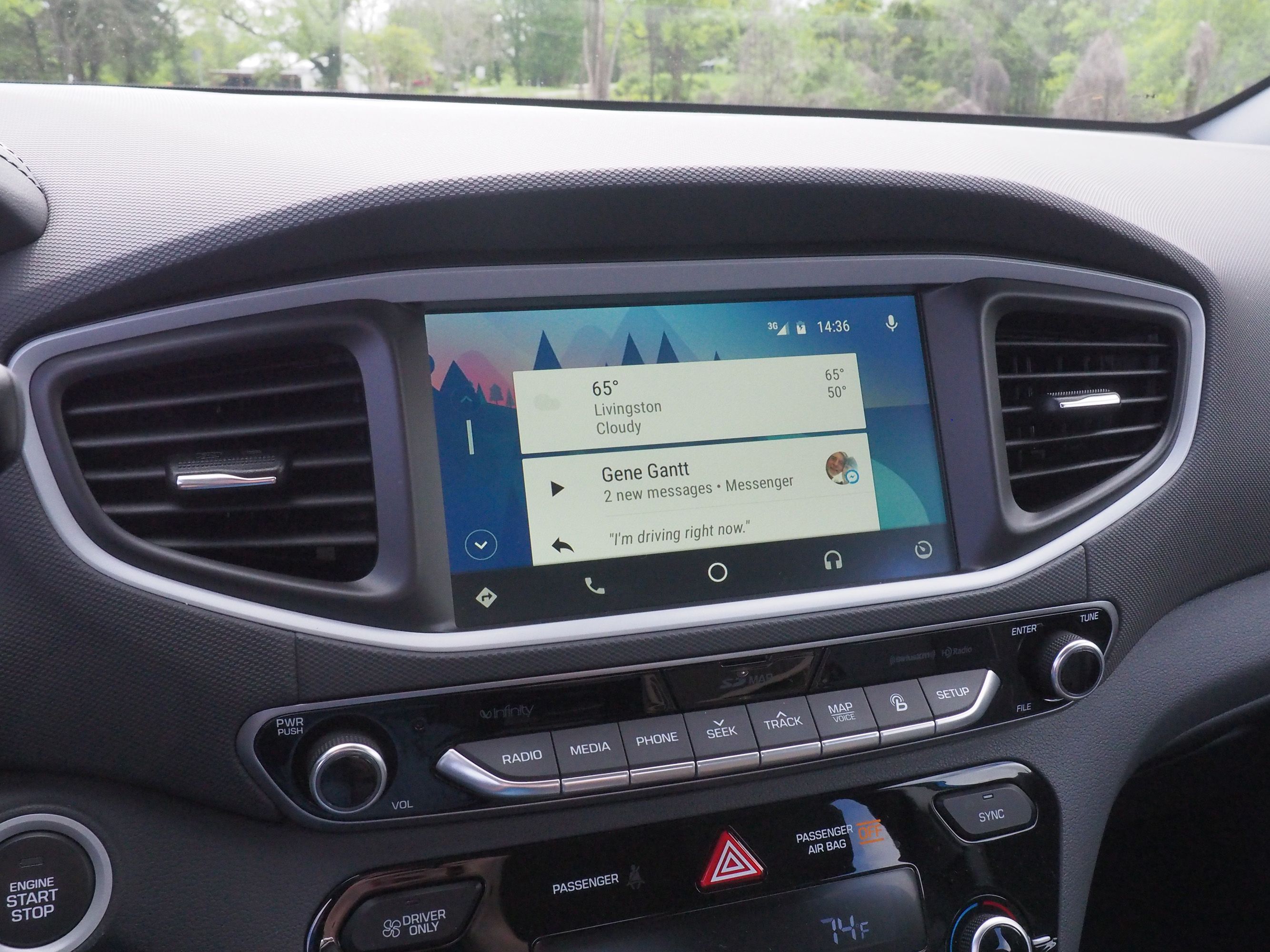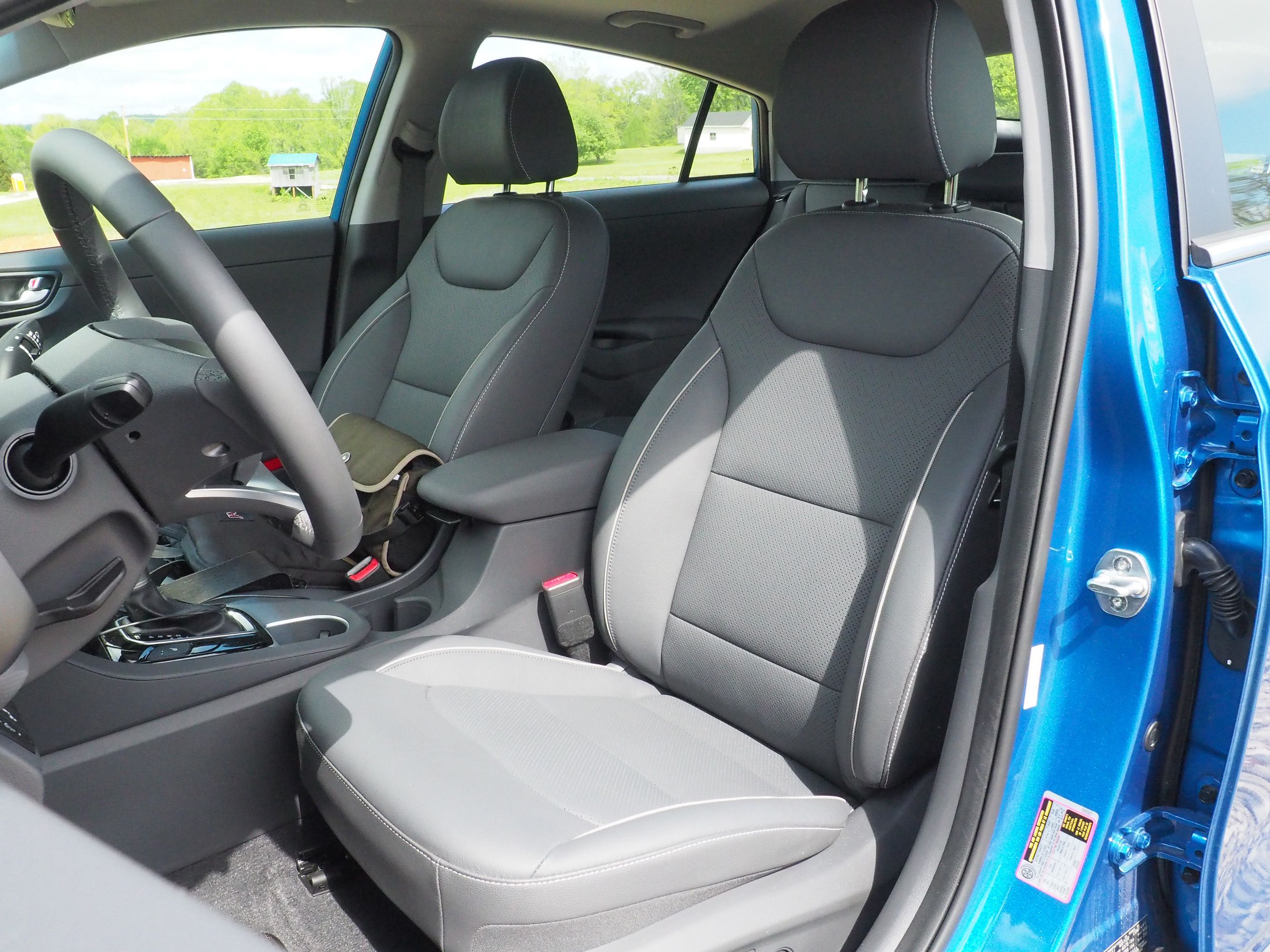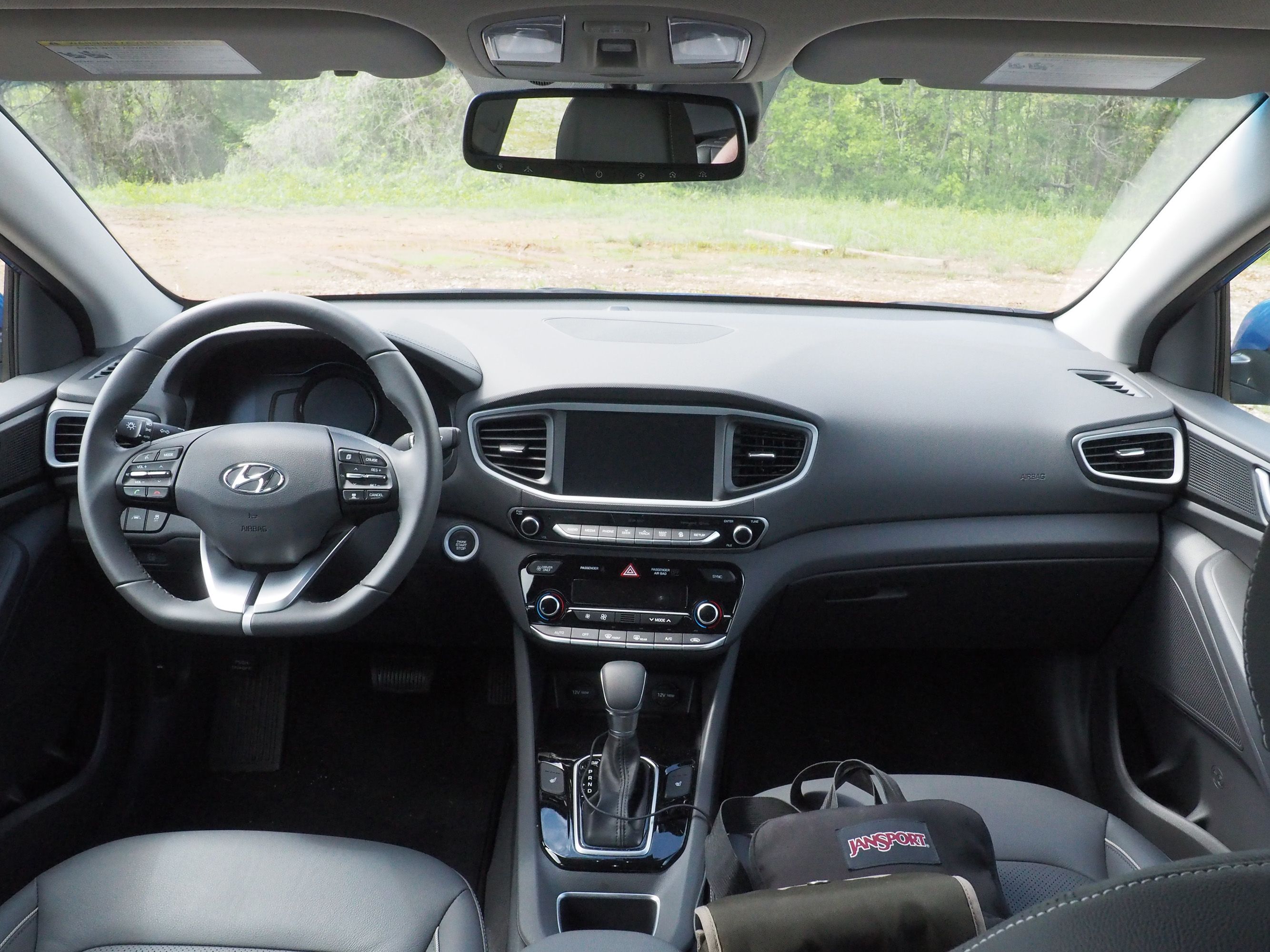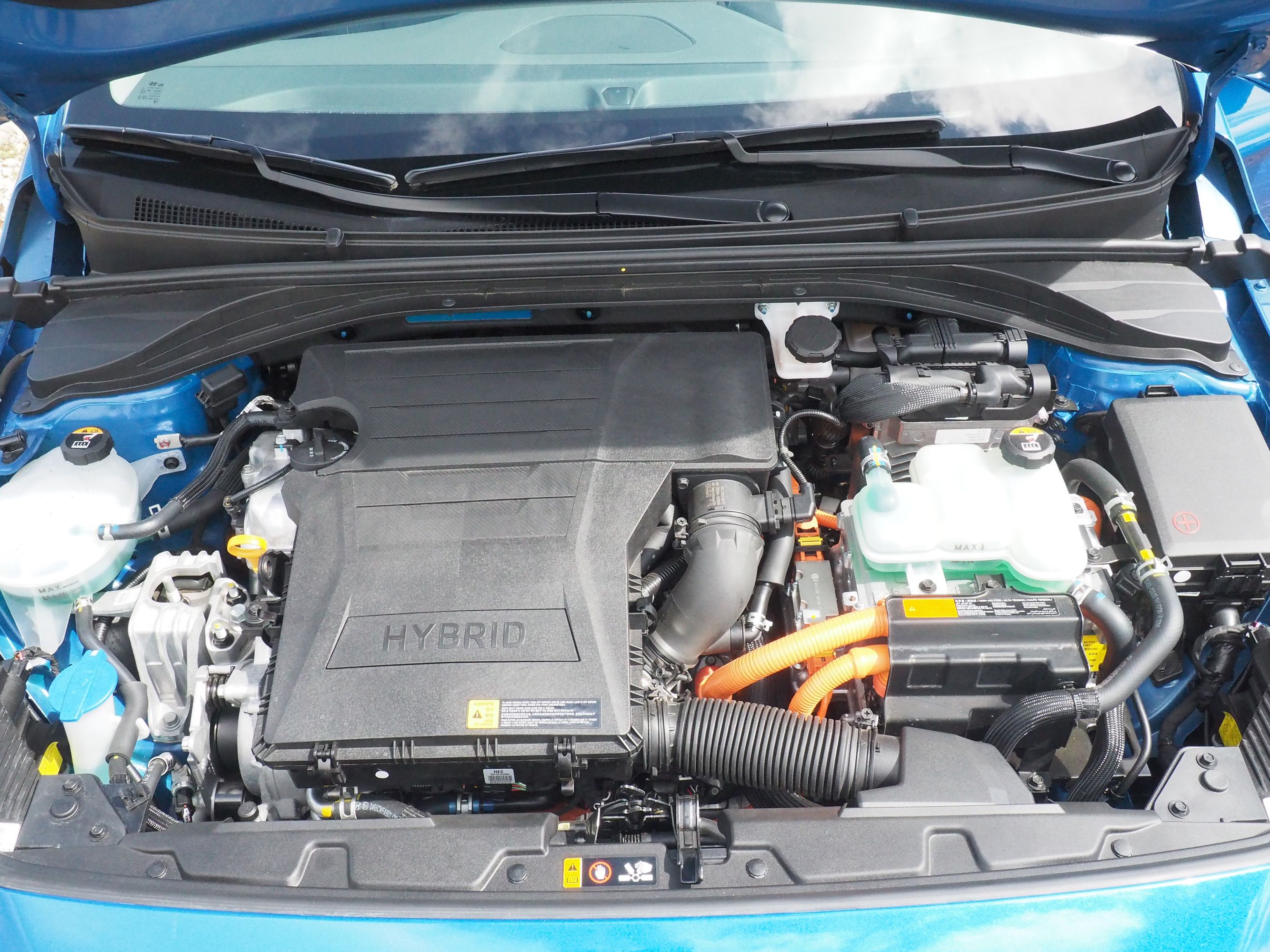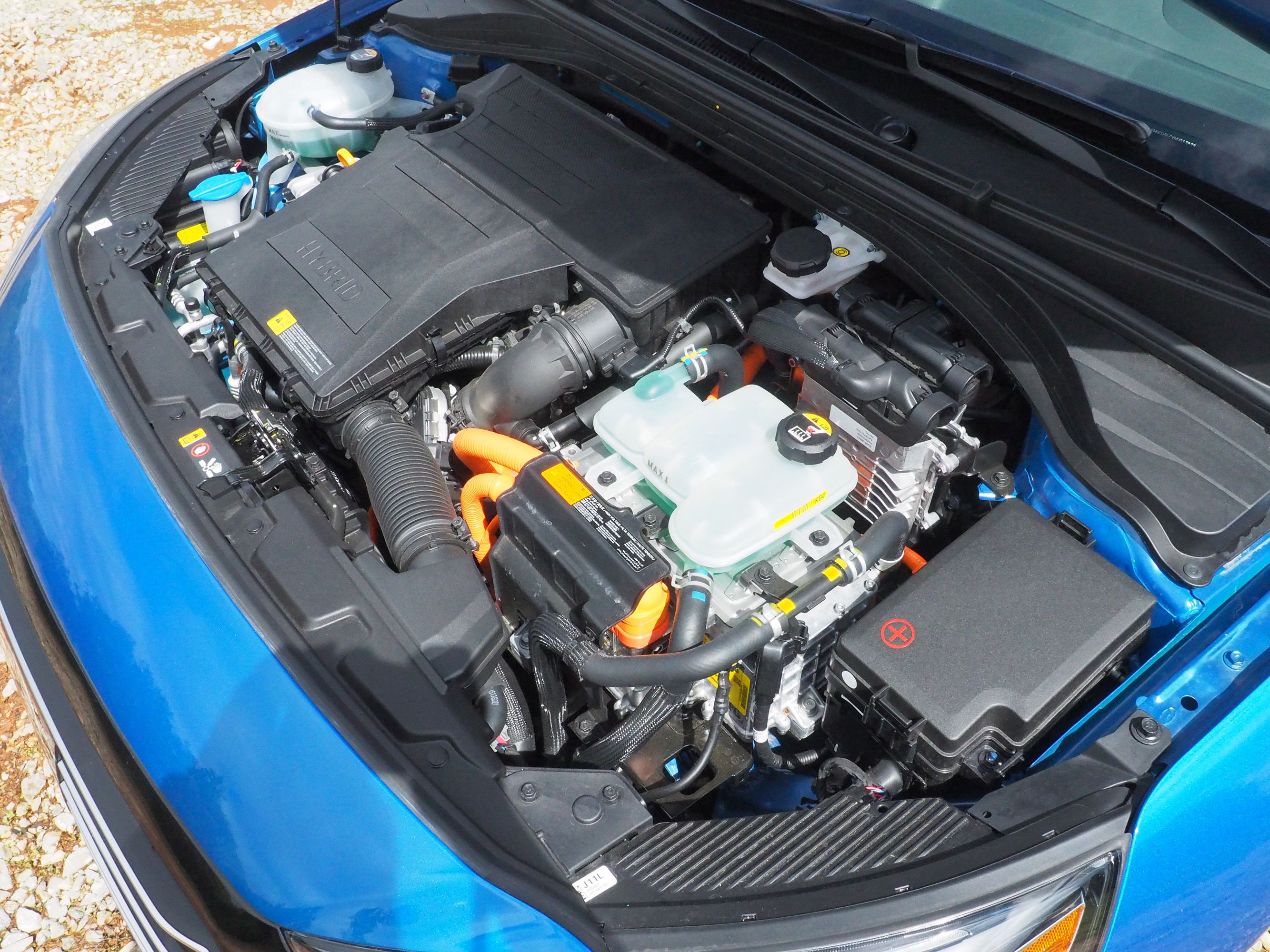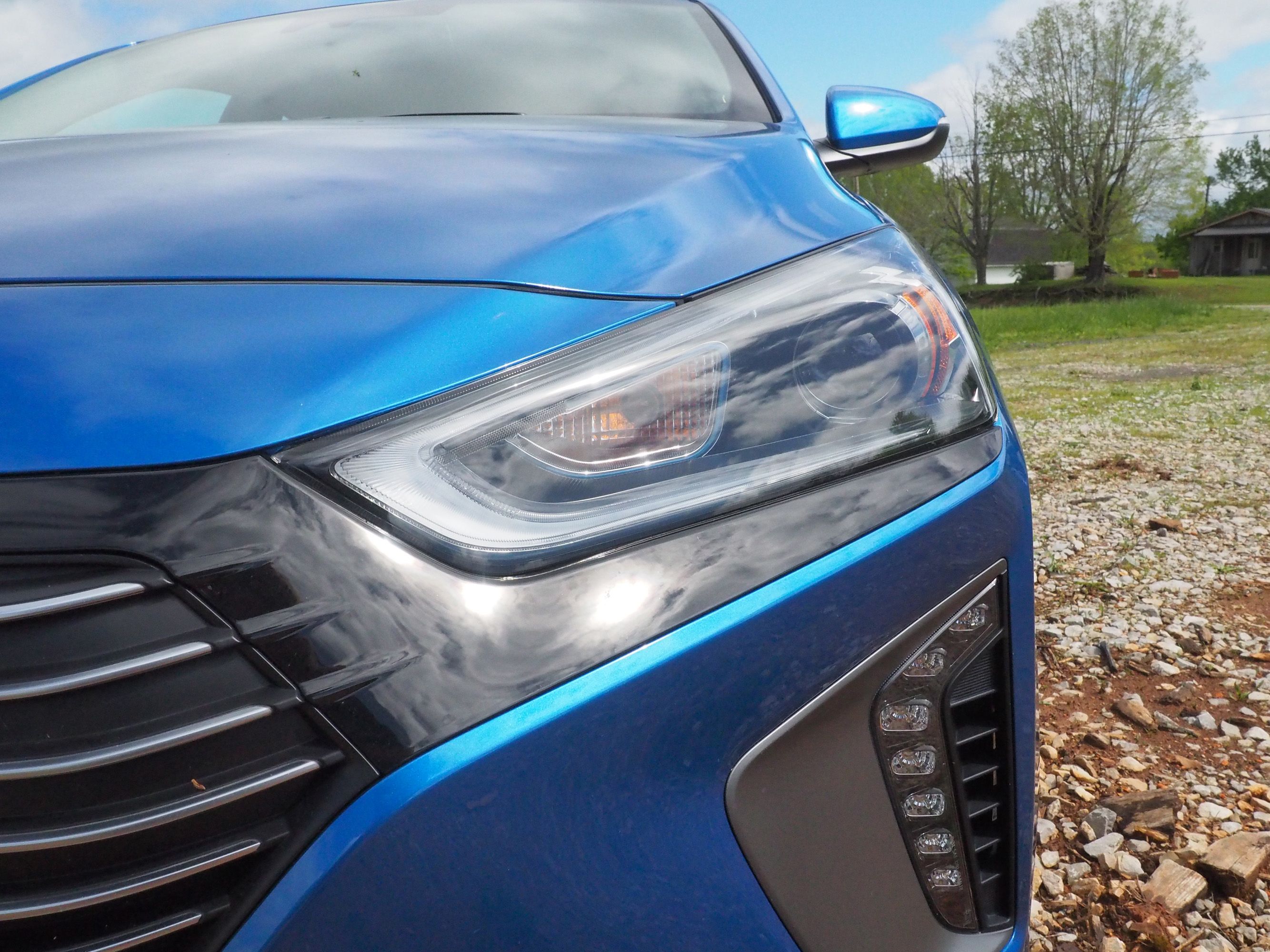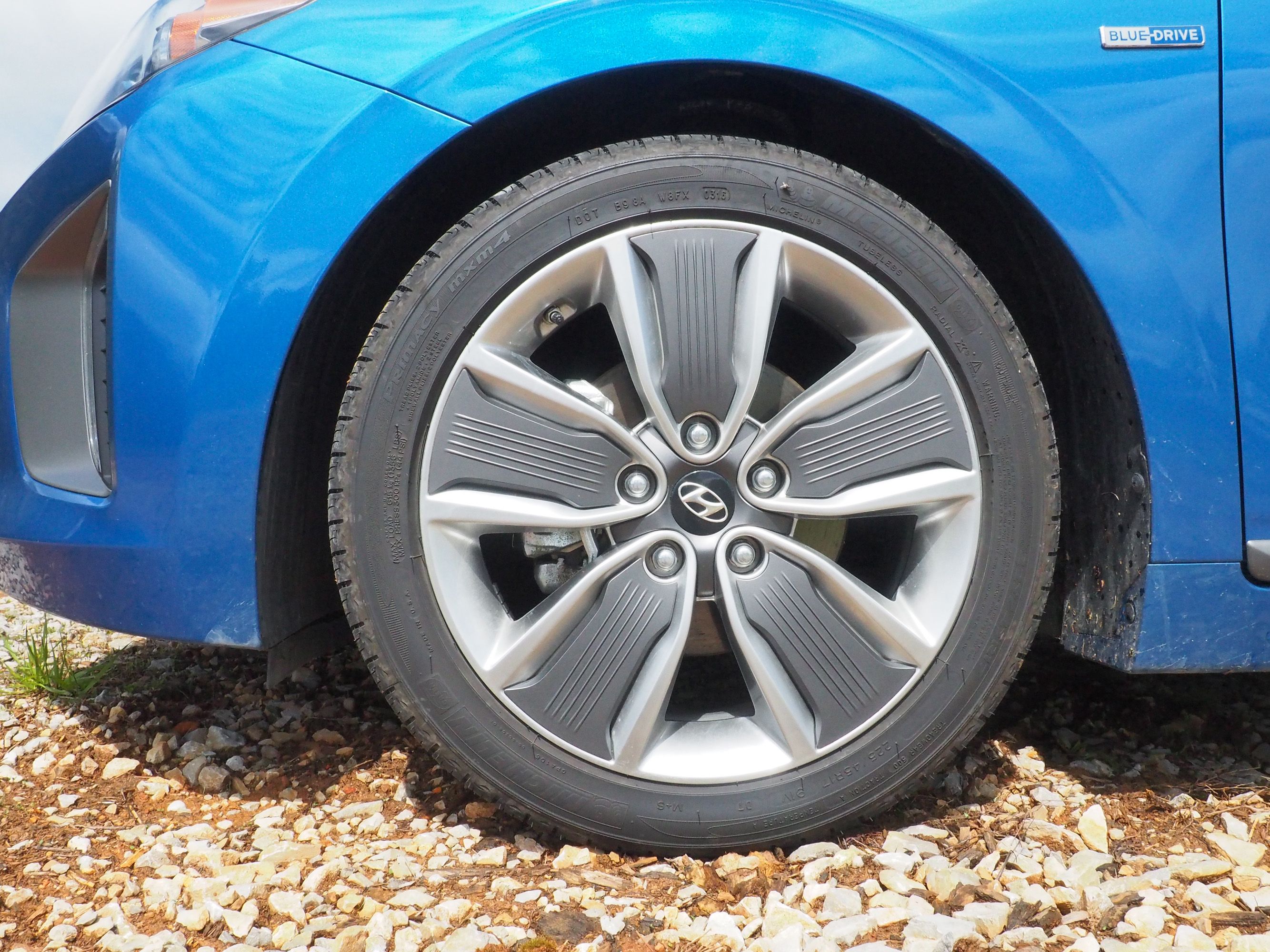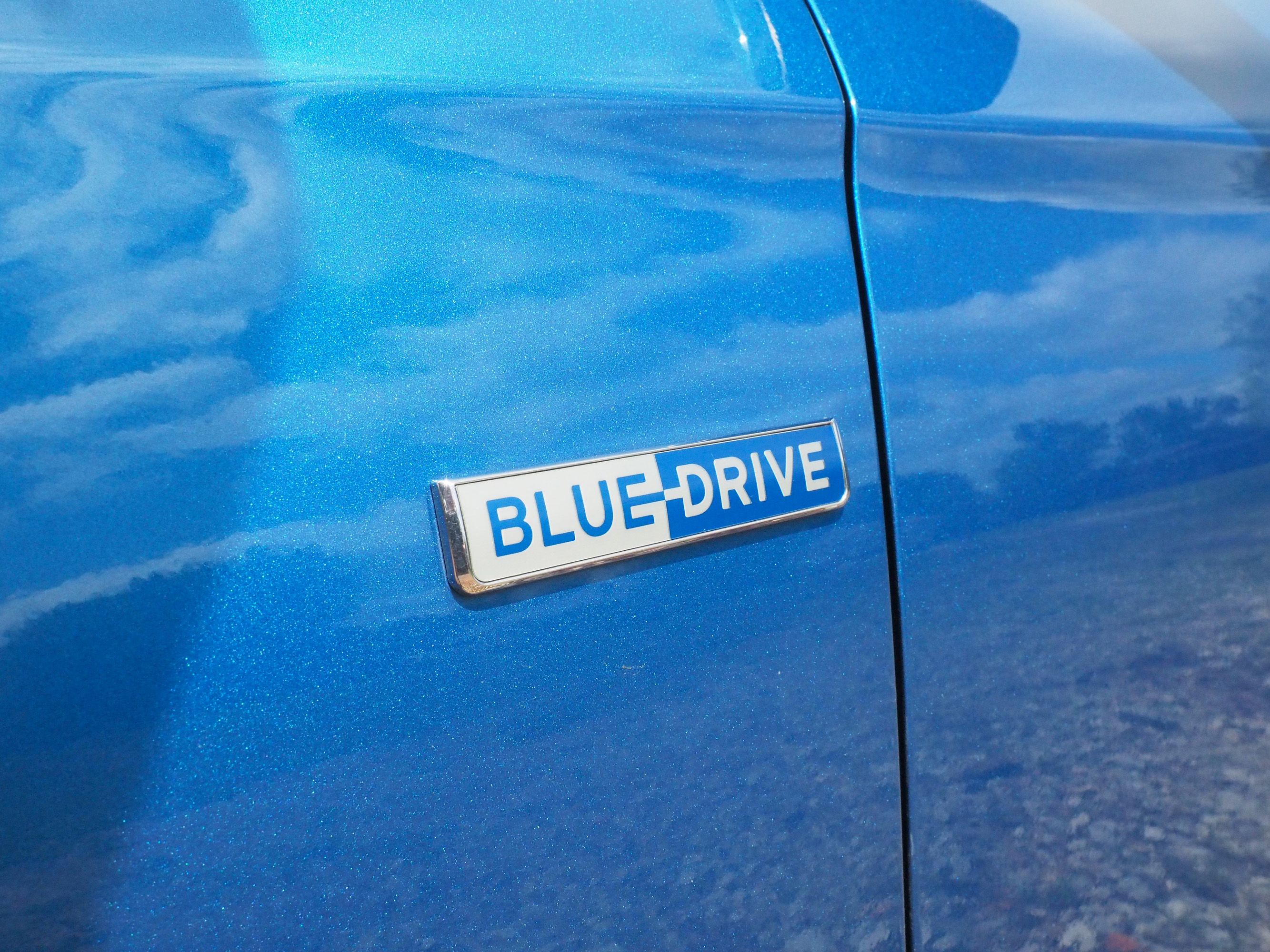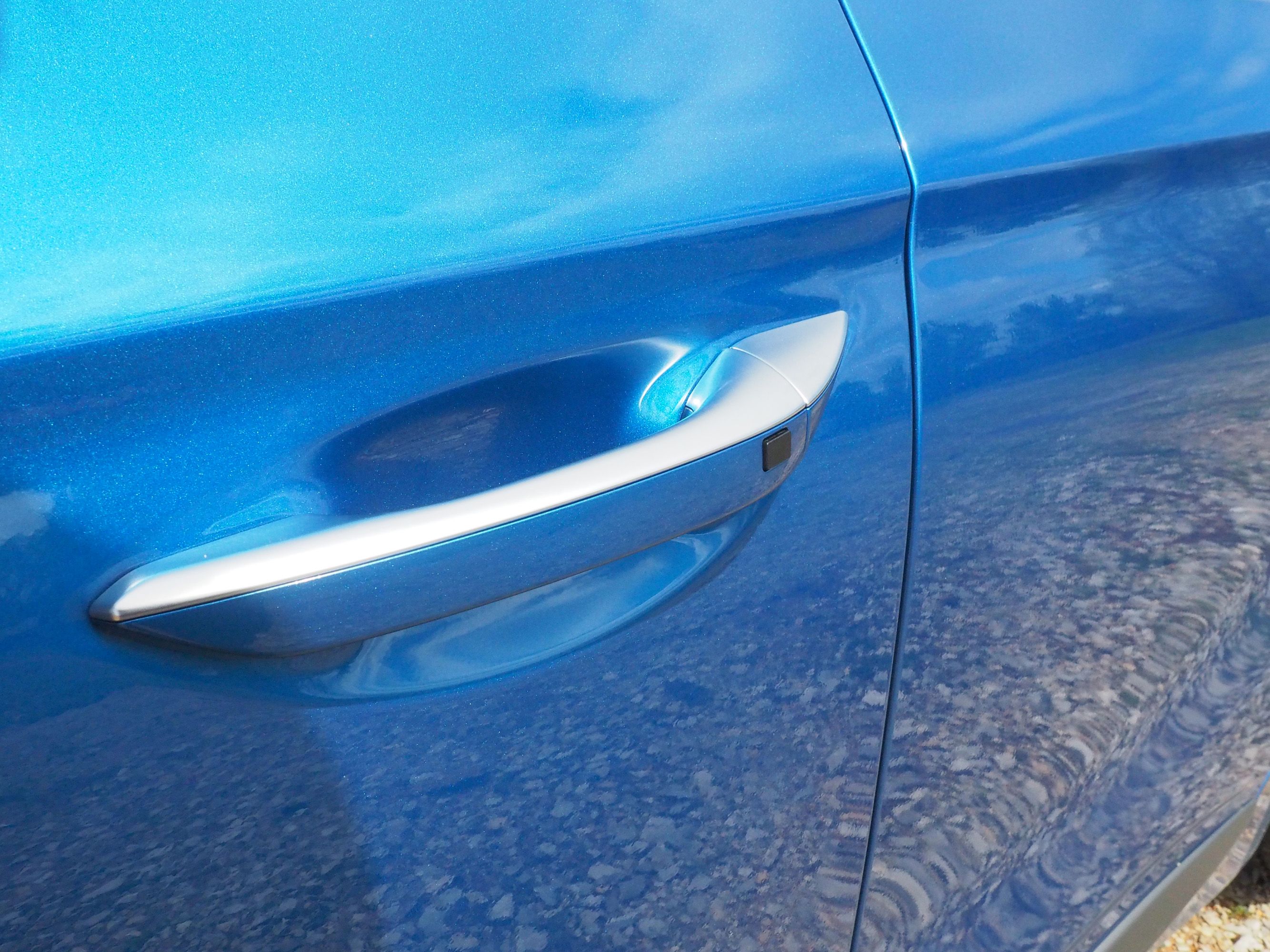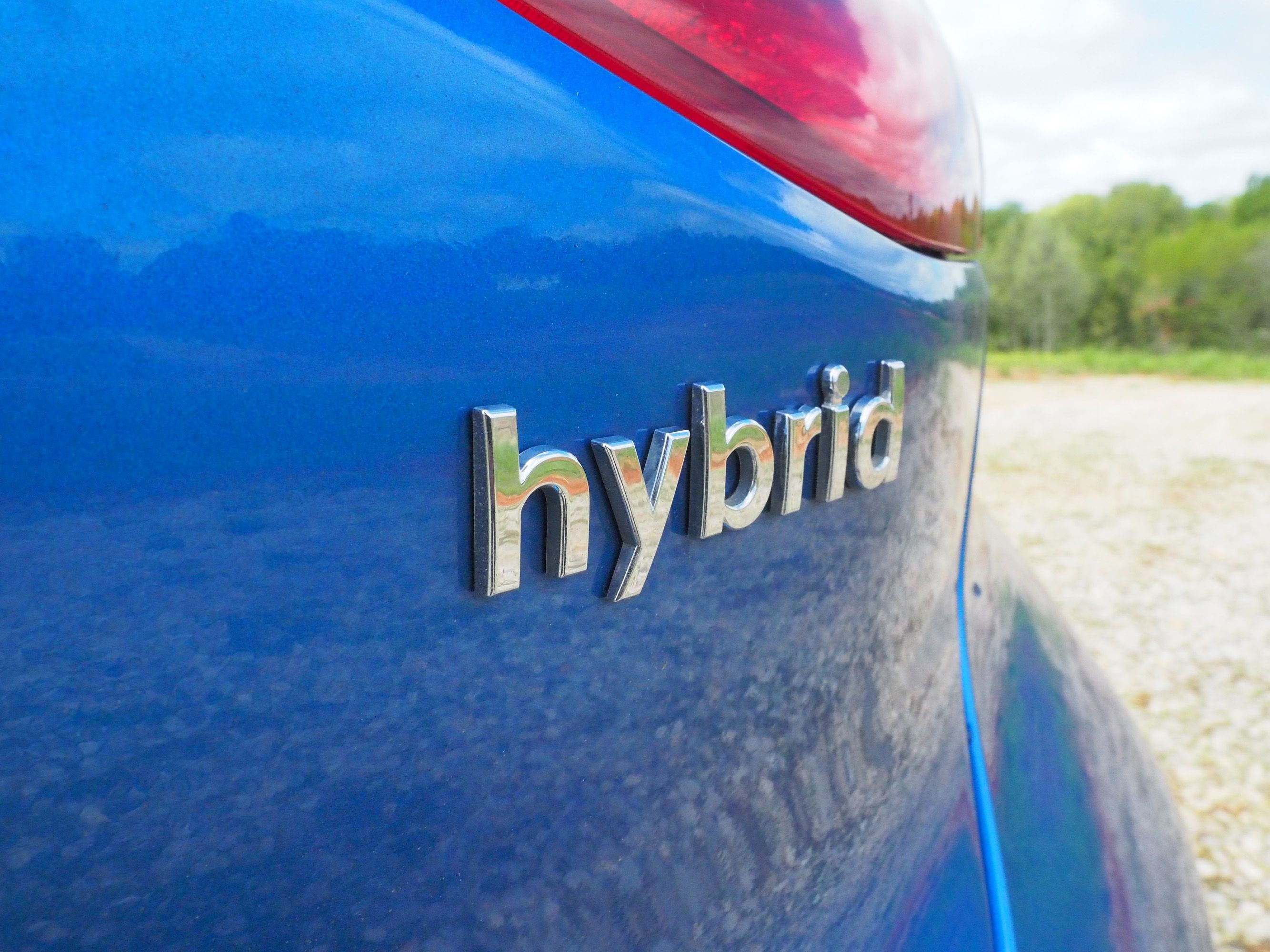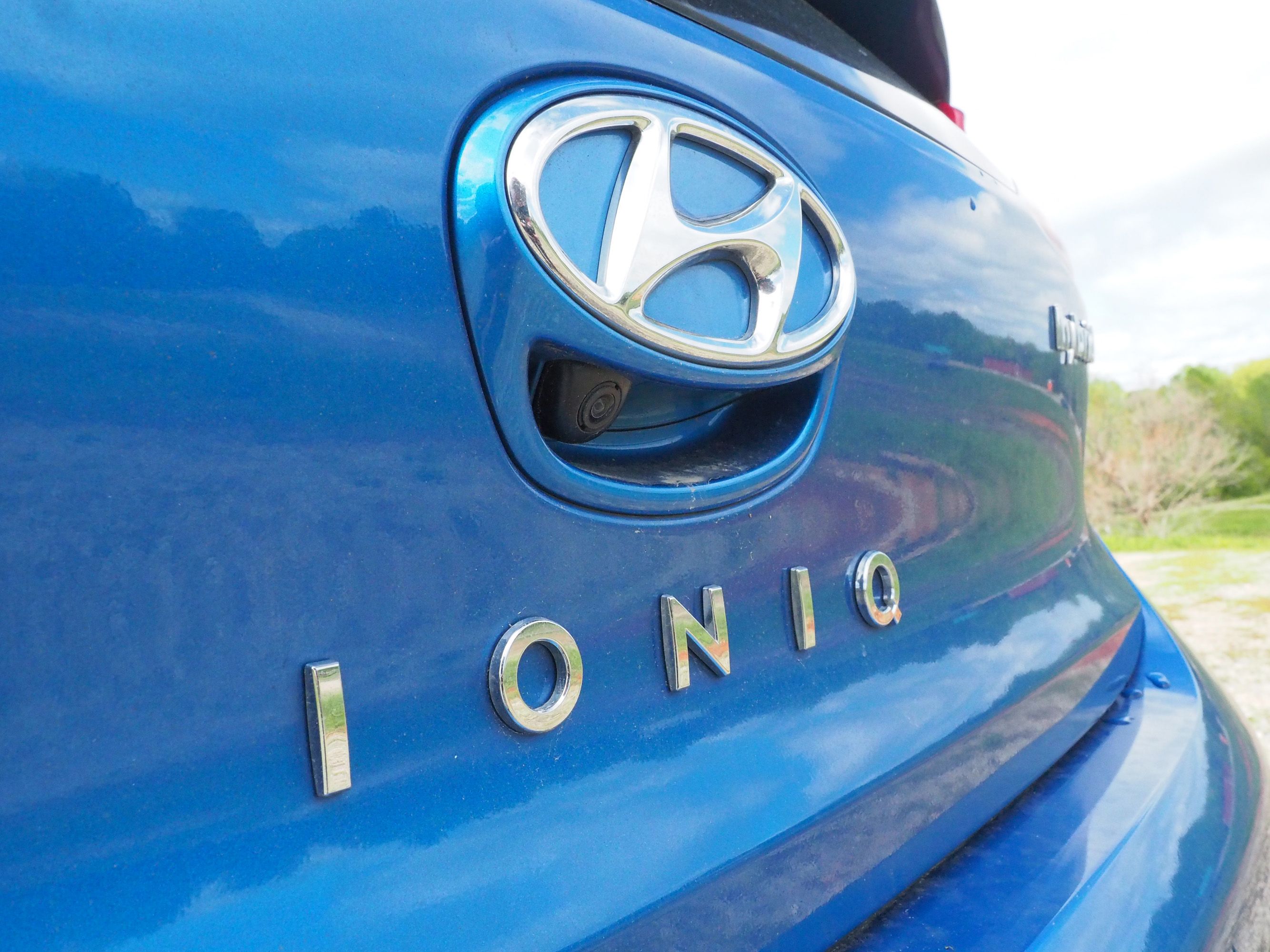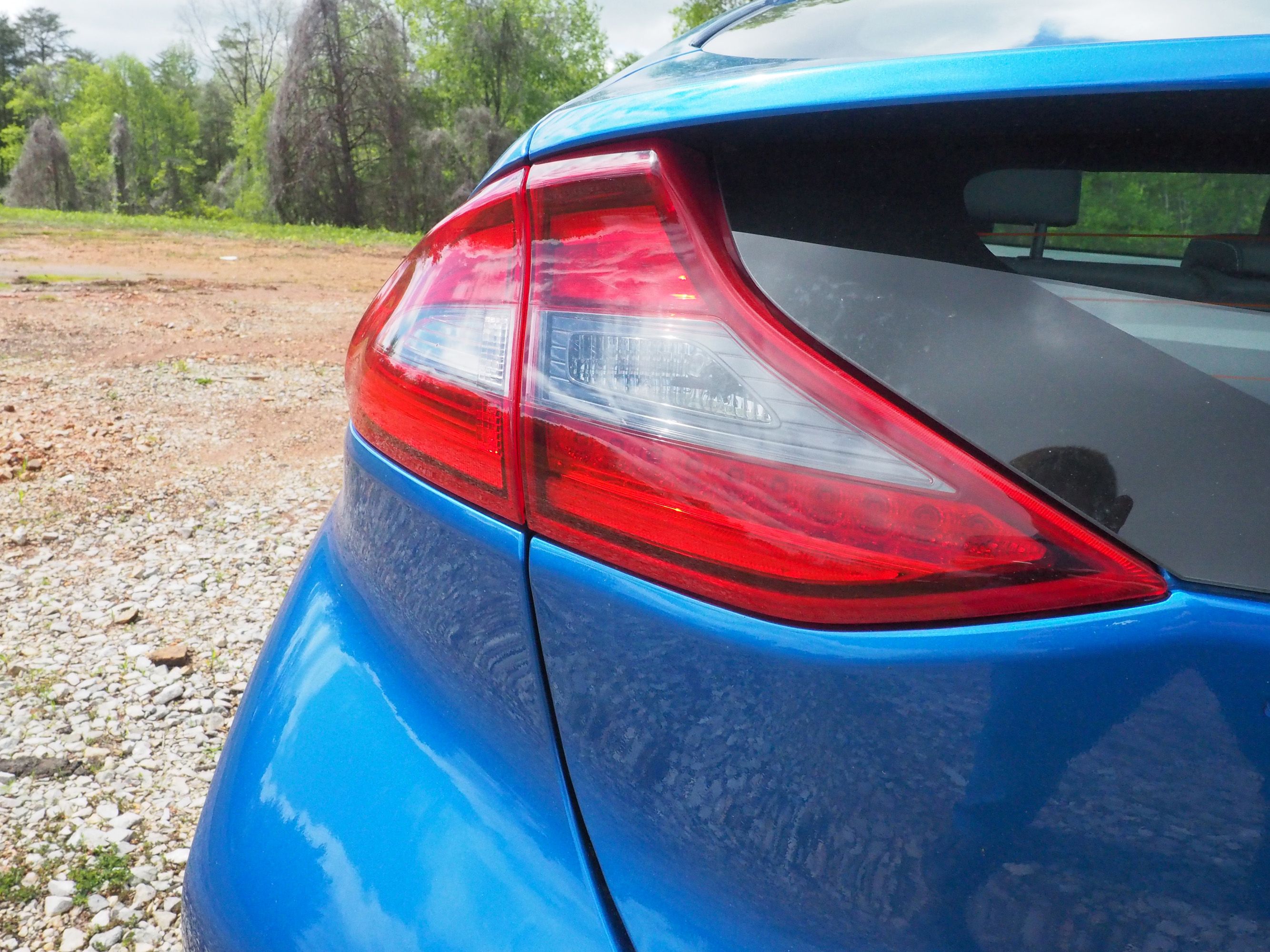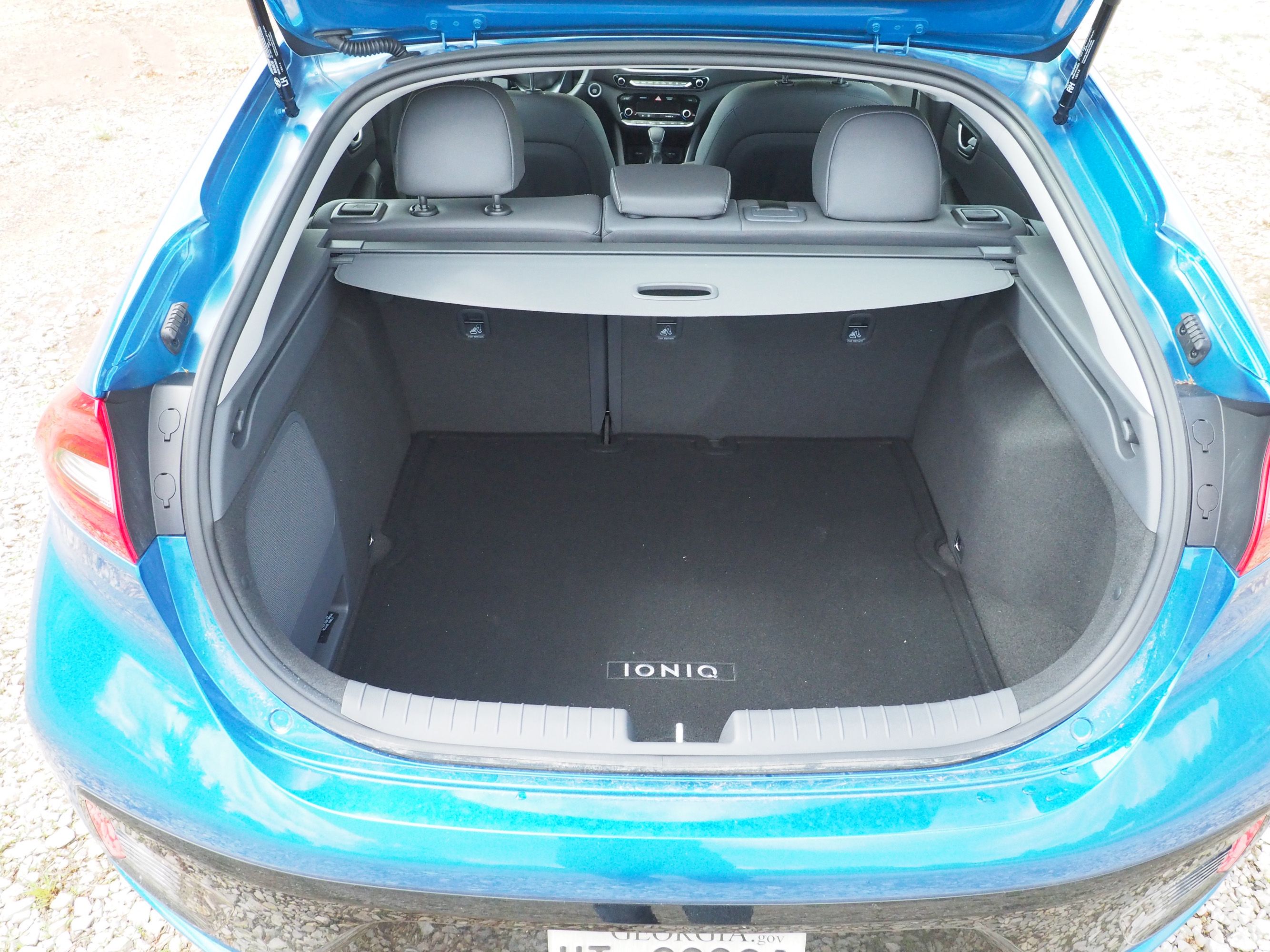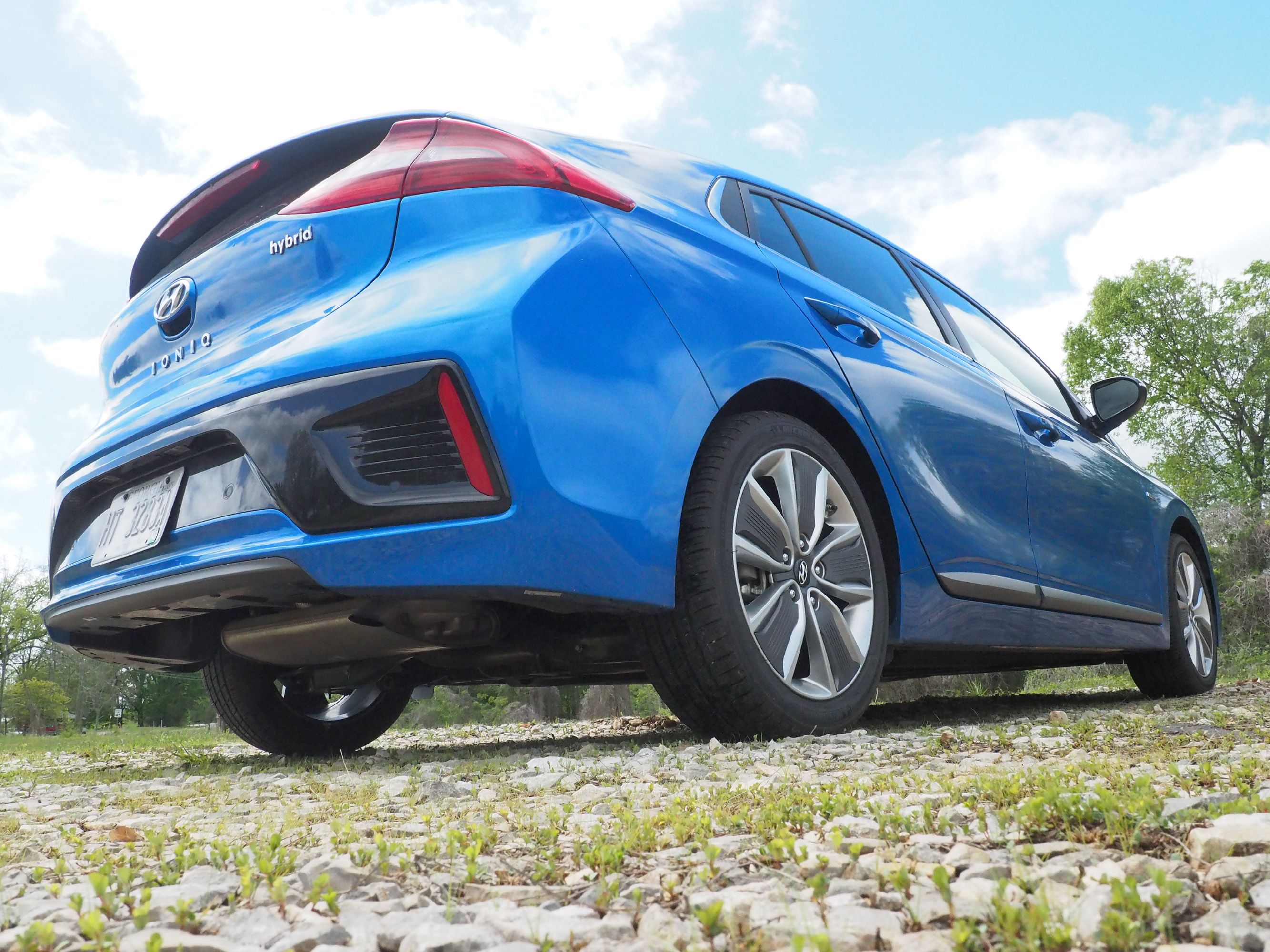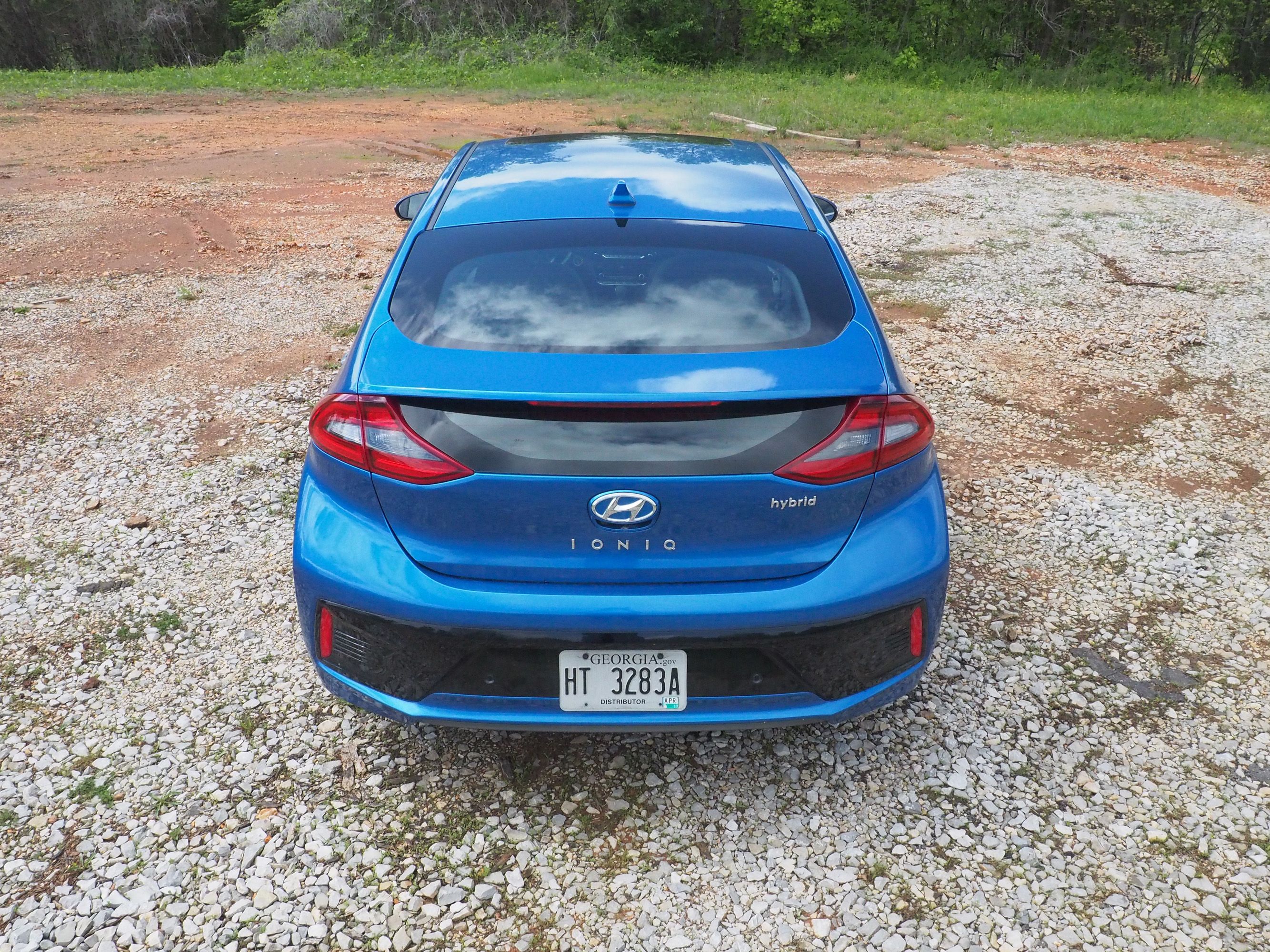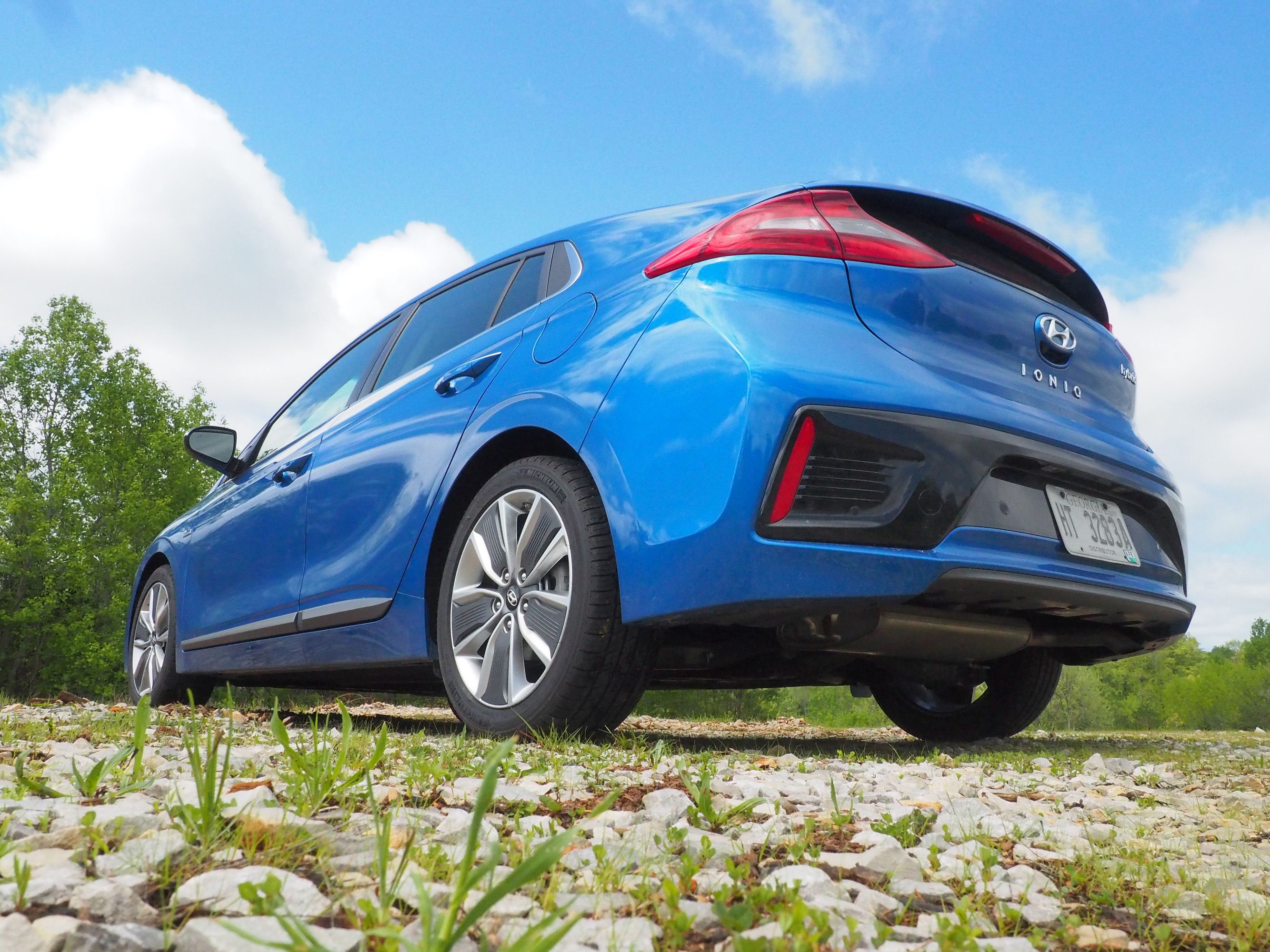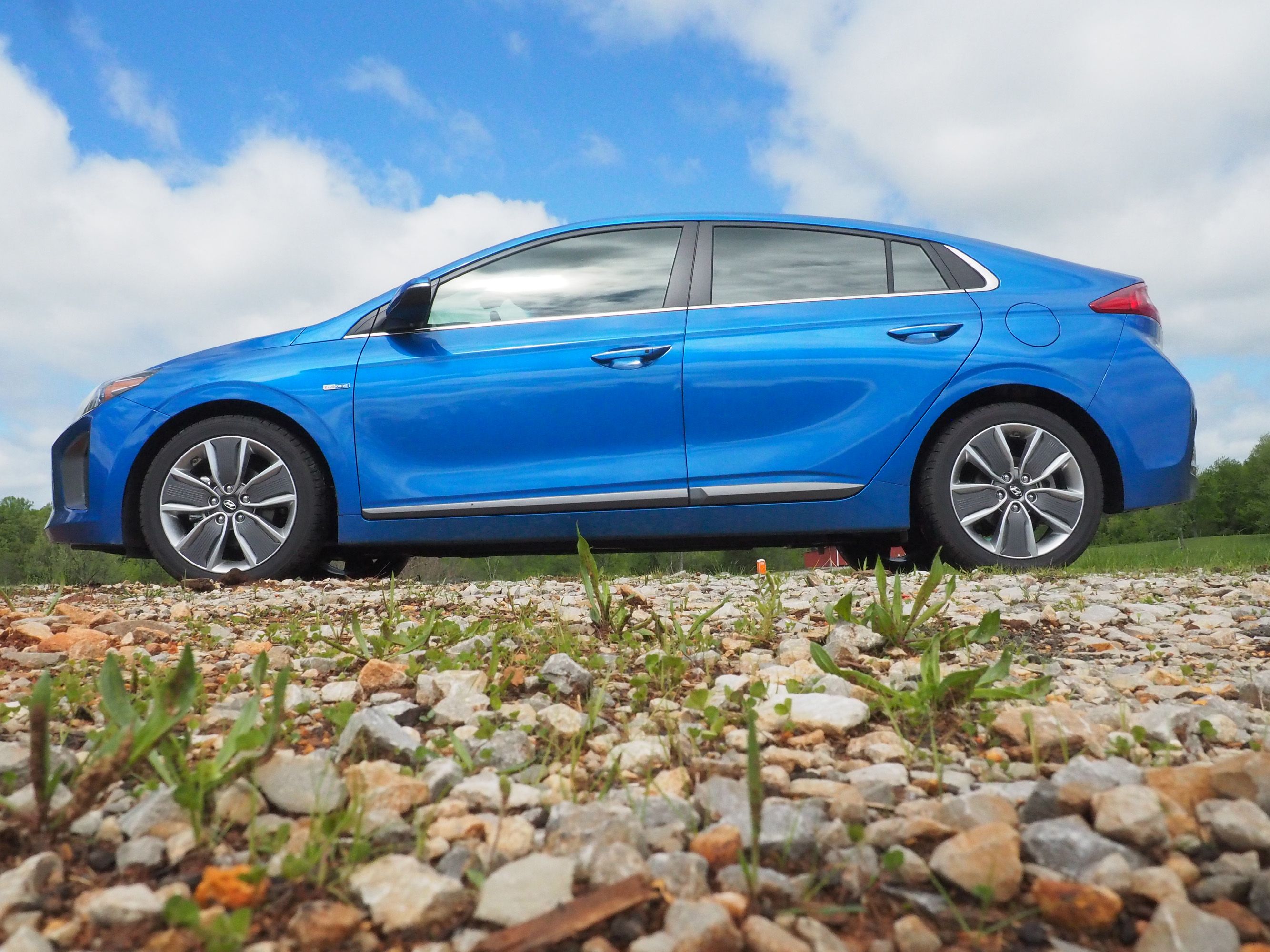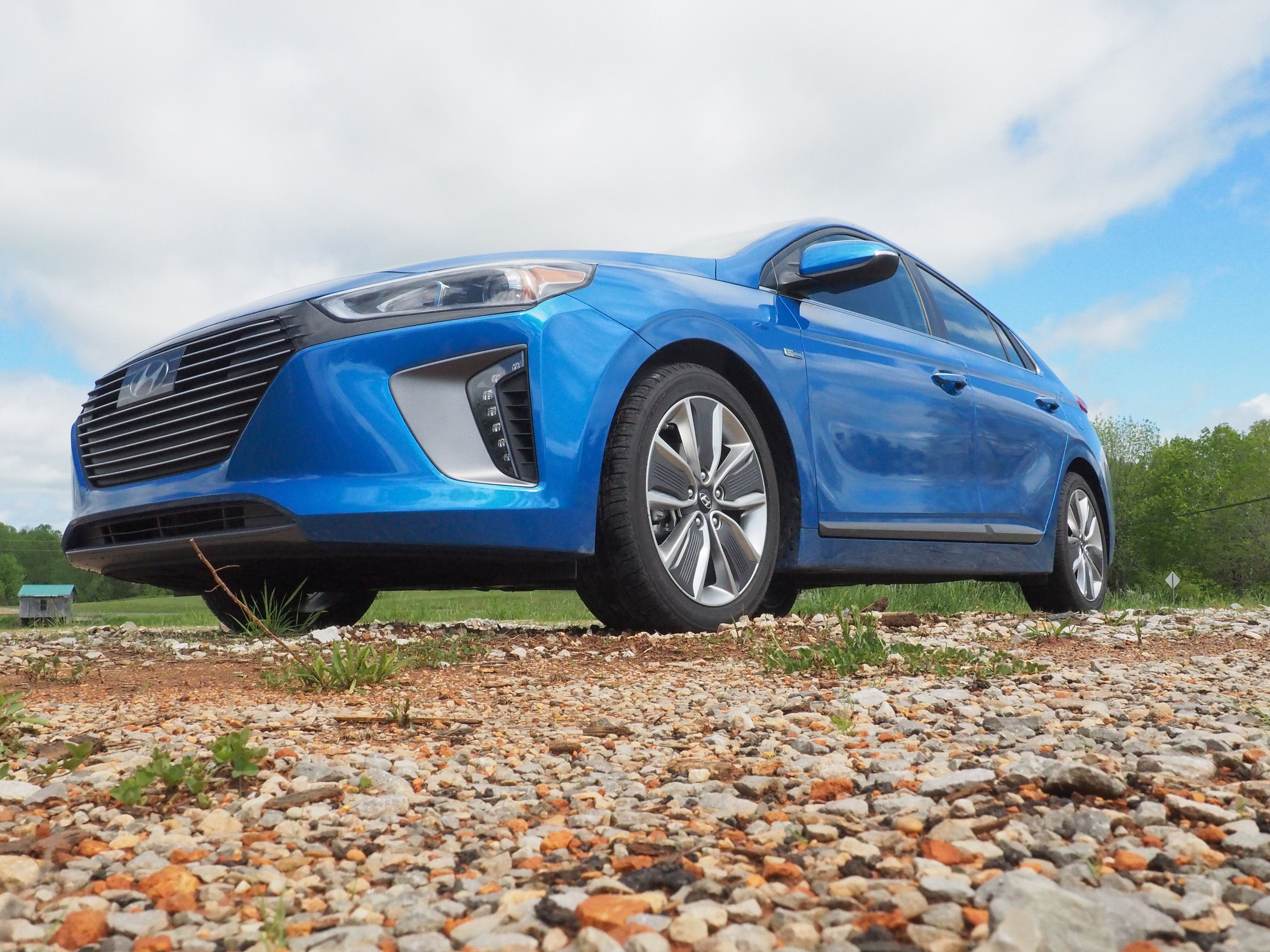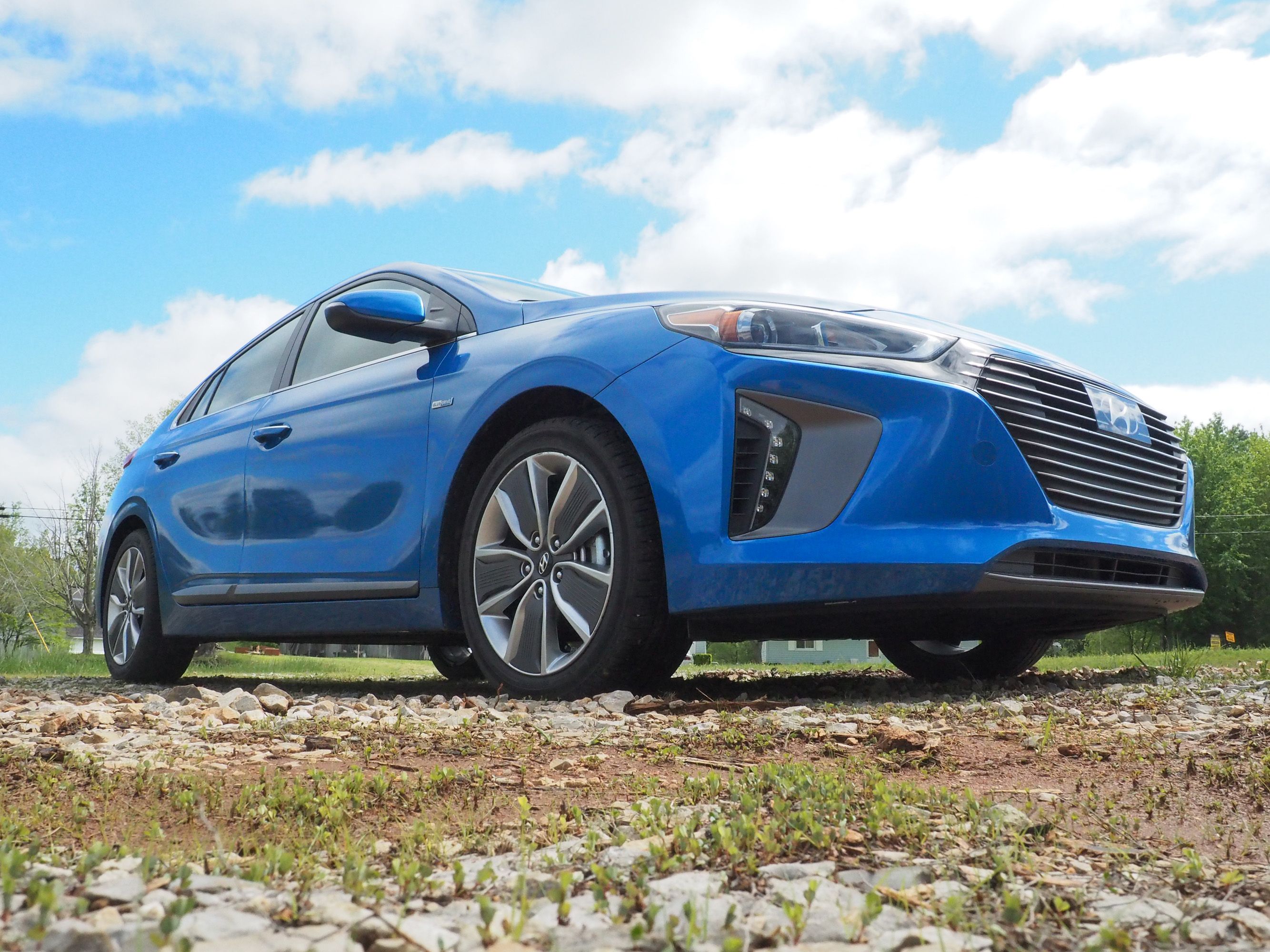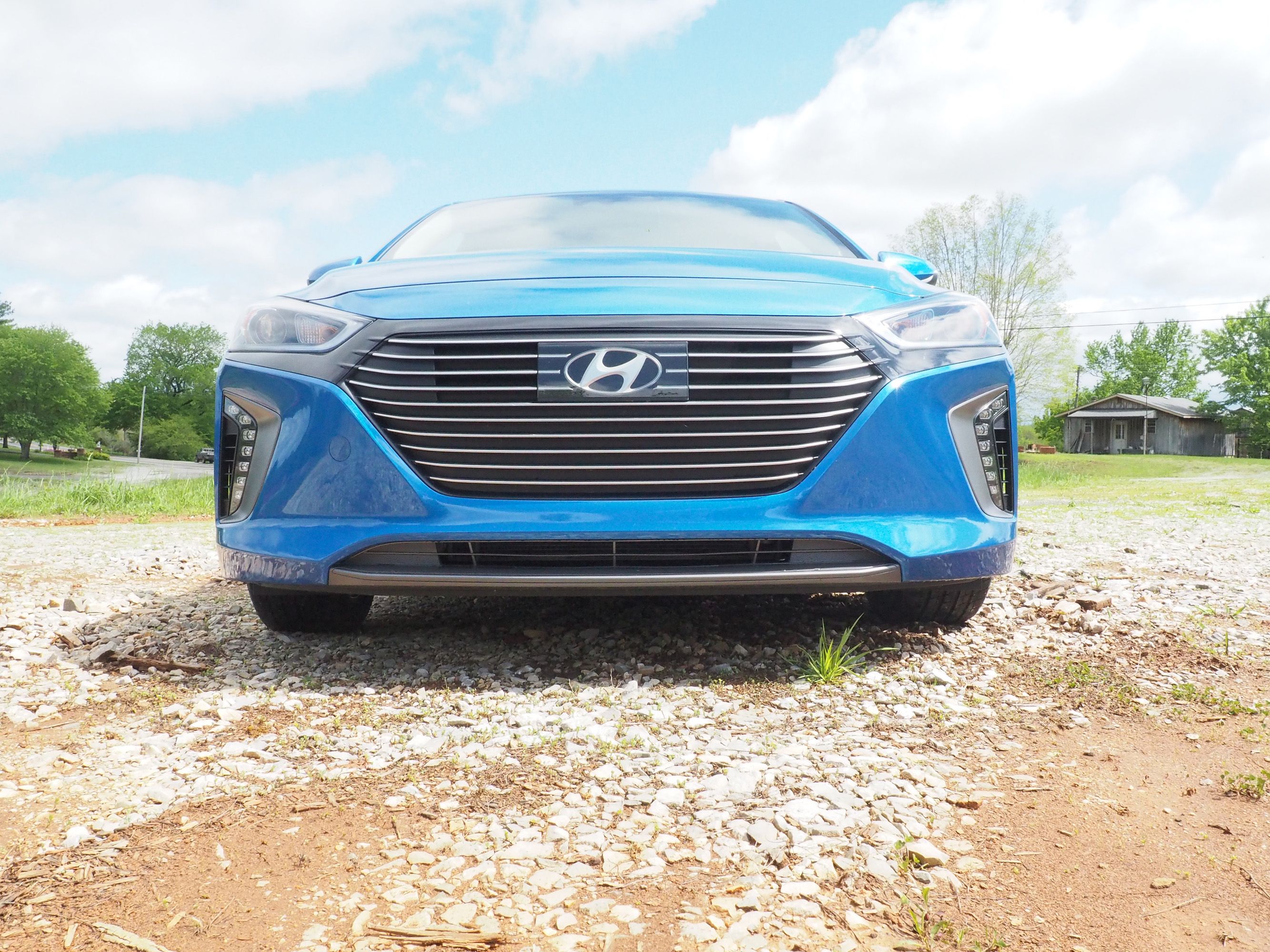Toyota Prius, you’re on notice: The Hyundai Ioniq Hybrid is here, and it’s arguably doing this whole hybrid, fuel-efficient family car thing better than you.
The Prius has had this market sewn-up for over a decade now. There’s been competition, but it’s been limited. Considering gasoline has been “cheap” here in the States for most of that time, it’s easy to understand why automakers haven’t been eager to challenge Toyota with a compact hybrid hatchback. After all, compact cars aren’t the hottest-selling things in truck-and-SUV-loving ‘Merica, so getting folks to pay a little more for a hybrid electric powertrain in a compact car can be a hard sell.
So while other compacts like the Ford Focus, Nissan Sentra, Kia Forte, and yes, even Toyota’s own Corolla and Hyundai’s own Elantra fought it out for a piece of a shrinking pie, the Prius more or less had the super-efficient niche all to itself.
All three versions of the Prius -- compact Liftback, subcompact “C”, and midsize “V” -- sold 136,632 copies combined in 2016 -- down 48,162 from the year prior. (Toyota didn’t provide a breakdown of individual Prius model sales in its 2016 year-end sales stats.) By comparison, the brand’s Corolla sedan sold 360,483 copies in the same year, and that’s not counting the 17,727 copies of the closely related Corolla (née Scion) iM hatchback. But to show you how much we ‘Mericans love trucks and cheap gas, Ford sold more gas-guzzling F-Series pickup trucks in 2016 than all of the above combined -- 820,799 trucks total.
Into this fuel-swilling American marketplace steps Hyundai with its first dedicated compact hybrid, the Ioniq, designed specifically to compete with the Prius Liftback. Even with the Prius getting a much-needed total redesign this year, there are things I like better about the Ioniq. First and foremost: its design.
Continue reading for the full story.
2017 Hyundai Ioniq - Driven
- Make: Array
- Model: 2017 Hyundai Ioniq - Driven
- Engine/Motor: inline-4
- Horsepower: 139
- [do not use] Vehicle Model: Array
Design Notes
The Hyundai Ioniq shares one notable design element with the Prius Liftback: a “Kammback” hatch design. This unique rear shape also has been a feature of other fuel-efficient cars in the past. Honda’s CR-Z and Insight hybrid models utilized this shape in recent memory, and models like the Honda CR-X also utilized the shape many years ago.
Hyundai’s integration of the shape is less ostentatious than that found on the latest Prius Liftback, but it’s still a little awkward to behold. A spoiler runs across the lower third of a rear hatch glass area that would otherwise be quite elegant, spanning the distance between the two taillight lenses. Losing this design element would benefit both the attractiveness of the exterior design and the driver’s rearward visibility, but I’m sure the spoiler was necessary to wring the most fuel economy from the car.
From the side view, the Hyundai Ioniq looks like an attractively styled compact sedan with its trunk lopped off. A mild crease connects the front corner of the taillights to the rear corner of the headlights, traveling just above both door handles along the way. Small chrome-strip accents on the door handles and on the lower portion of the side window trim are elegant and add a bit of flair to the design.
The front of the Hyundai Ioniq doesn’t look too different from any other current Hyundai sedan, and that’s a good thing. Inoffensive and attractive, it’s a face you probably won’t mind seeing in your driveway every day. I can’t say the same for the newest Prius.
Overall, Hyundai said the Ioniq has a class-leading coefficient-of-drag of 0.24. That they managed to achieve that slippery shape while maintaining the car’s attractiveness deserves applause.
Powertrain Notes
Hyundai goes about this whole hybrid-electric thing a little differently than Toyota. I found the Ioniq nicer to drive than most Toyota hybrids primarily because of these differences.
The primary difference many drivers will notice right off the bat is the Ioniq’s six-speed dual-clutch automatic transmission. This is quite different from the continuously variable transmission in the Prius and most other Toyota hybrids. With seven real gears instead of an infinitely variable set of pulleys, the Hyundai will feel more satisfying to most drivers who have been conditioned to feel shift points as they accelerate.
That said, this is probably the best iteration of Hyundai’s dual-clutch transmission. This same transmission in the Hyundai Elantra Sport feels too herky-jerky at low speeds, such as when you’re crawling in rush hour traffic or backing out of a parking space. The 43-horsepower electric motor delivers plenty of torque -- up to 125 pound-feet -- from the moment you touch the accelerator. I suspect that’s the reason the Ioniq’s implementation of this transmission is nicer than it is in other, non-hybrid Hyundais. At speed, the transmission’s shifts are silky smooth.
The Ioniq combines a 1.6-liter direct-injection Atkinson-cycle gasoline four-cylinder engine with a permanent magnet synchronous electric motor. The gasoline engine makes 104 horsepower at 5,700 RPM and 109 pound-feet of torque at 4,000 RPM. Total system horsepower is listed at 139.
Hybrid-electric cars are all about fuel economy, and the Ioniq does not disappoint on that front, with EPA rating the car at 59 MPG city, 57 MPG highway, 58 MPG combined. I drove it like a total buffoon and still got 53 MPG.
The Drive
Hyundai did not go with a fully independent rear suspension, as the newly redesigned Prius did. That may be the one thing the Prius has over the Ioniq, when it comes to driving characteristics. But for the majority of drivers, I suspect the difference will not be noticed. It’s not like you buy either of these cars with the intention of racing in an autocross event.
What more drivers will notice is Hyundai’s lack of zany features to remind them they’re driving a hybrid: No funky gearshift. No distracting center-mounted gauge pod. No “guilt games” displayed on the dashboard to make you feel bad about dipping into the throttle when necessary.
The Ioniq is not a fast car, with the aforementioned 139 total system horsepower motivating about 3,000 lbs. That said, it doesn’t struggle to keep pace in traffic. Nor does it feel piggish when driven on a curvy road. There’s some body roll, to be sure, though the hybrid batteries’ positioning under the floor of the car’s interior helps give it a low center of gravity that keeps handling pretty neutral unless pushed hard. Remember, the Ioniq primarily wants to be a comfortable family car that gets great fuel economy. It’s not trying to be a race car or a hot-hatch.
Steering feel was on-par with everything else in the compact segment -- which is to say, pretty numb. But brake feel was a class above the last few hybrids I have driven. Pedal feel was nice and linear, which is something of a struggle for most of the Ioniq’s competitors. With the first few millimeters of pedal travel used for regenerative braking, recapturing kinetic energy to provide a boost to the hybrid battery pack, the transition from regenerative braking to regular braking often is troublesome in hybrids. The transition in the Ioniq is smoother than most.
The Competition
Competitors in this segment are not plentiful, thanks mostly to the “cheap” gas to which we Americans are accustomed.
Toyota Prius
But of course, the biggest target Hyundai had in mind was the Toyota Prius Liftback. With a nearly 20-year head-start on the Hyundai Ioniq, the Prius doesn’t necessarily do things any better than the Ioniq -- just differently.
Arguably, the Prius has the better suspension design, with independent rear suspension allowing for a more planted, sure feel in curves and over broken pavement. But it almost every other way, the Ioniq is aiming for more mainstream buyers. Principally, the Ioniq isn’t trying to shout about its green credentials as loudly as Prius, with its design being more understated and its interior looking and feeling a lot more like a traditional compact sedan.
Either one of these hybrids will return great fuel economy for most drivers, and they should prove reliable for years to come. The Ioniq has a starting price about $1,200 cheaper than Prius Liftback, however. A fully loaded Ioniq will come in with an even larger price advantage over a fully loaded Prius.
Read our full review on the Toyota Prius.
Ford C-MAX Hybrid
While it’s not as fuel-efficient as the Ioniq or Prius, the Ford C-MAX Hybrid has its own charm.
It’s more of an MPV than the sedan-like Ioniq, with an upright form factor that makes it friendly for passengers and cargo. Taller seat cushion height makes entry and exit easier, too.
The C-MAX carries a slightly higher starting price than Ioniq, at $24,175, and a fully loaded example will set you back about $32,000. However, Ford often has steep incentives on the C-MAX, one of its slowest-selling models, to help bring that price down before you even step foot in a dealership and start negotiating. At the time of this writing, a C-MAX Hybrid with all the options was advertised at $26,880 after $5,750 in incentives.
Read our full review on the Ford C-MAX Hybrid.
Kia Niro Hybrid
Kia Niro is the sister car to the Hyundai Ioniq, as the two share the same powertrain layout. But where Ioniq takes direct aim at the Prius, Niro aims at a different sort of driver -- namely, someone who is attracted to mainstream small crossover SUVs.
Mostly as a result of its less-slippery, SUV-like shape, the Niro doesn’t quite achieve Ioniq’s fuel economy. It is rated at 52 MPG city, 49 MPG highway, 50 MPG combined in its most-efficient FE trim. Step up to nicer options in the LX or EX trims, and those numbers go down to 51/46/49. Go up to the top-level Touring trim, and they further decline to 46/40/43.
While not as efficient, the Niro has a more desirable form factor for a lot of families. It more closely resembles the SUVs that many families crave. Like the Ioniq, it does not try to announce its eco-friendly intentions to the world too loudly. Best of all for buyers on a budget, the Niro has prices similar to the Ioniq, with a starting MSRP of $22,890 and with a fully loaded Touring trim carrying a price tag of about $33,000 before incentives.
Read our full review on the Kia Niro Hybrid.
Conclusion
I like the idea of using less fuel, but not if it means I have to put up with a lot of design features that I detest. Toyota’s Prius reels me in with its excellent fuel economy and promise of a well-sorted (for a hybrid) chassis, but then it turns me off when I actually interact with it. Its weird gear selector, center-mounted gauge pod, and exterior design do nothing to convince me I want to commute every day in a Prius.
Hyundai Ioniq is the no-compromise Prius, if those things bother you as much as they bother me. It’s less wild-looking on the outside than the Prius, and it’s a lot more like driving a non-hybrid compact car once you’re on the inside. It also gets fuel mileage that will make Prius fanboys look twice -- Hyundai notes it’s “the most fuel-efficient car in America,” with the Ioniq’s “Blue” trim being rated at 57 MPG city, 59 MPG highway, and 58 MPG combined by EPA.
If the Ioniq is billing itself as the hybrid for people who aren’t sure a hybrid is right for them, I think it’s hitting the target perfectly. I think it stands a chance to make a lot of new converts to hybrid motoring.
Disclosure: Hyundai provided the vehicle, insurance, and a tank of fuel for this review.
References
Hyundai Ioniq
Read our full review on the Hyundai Ioniq.
Read more Hyundai news.

